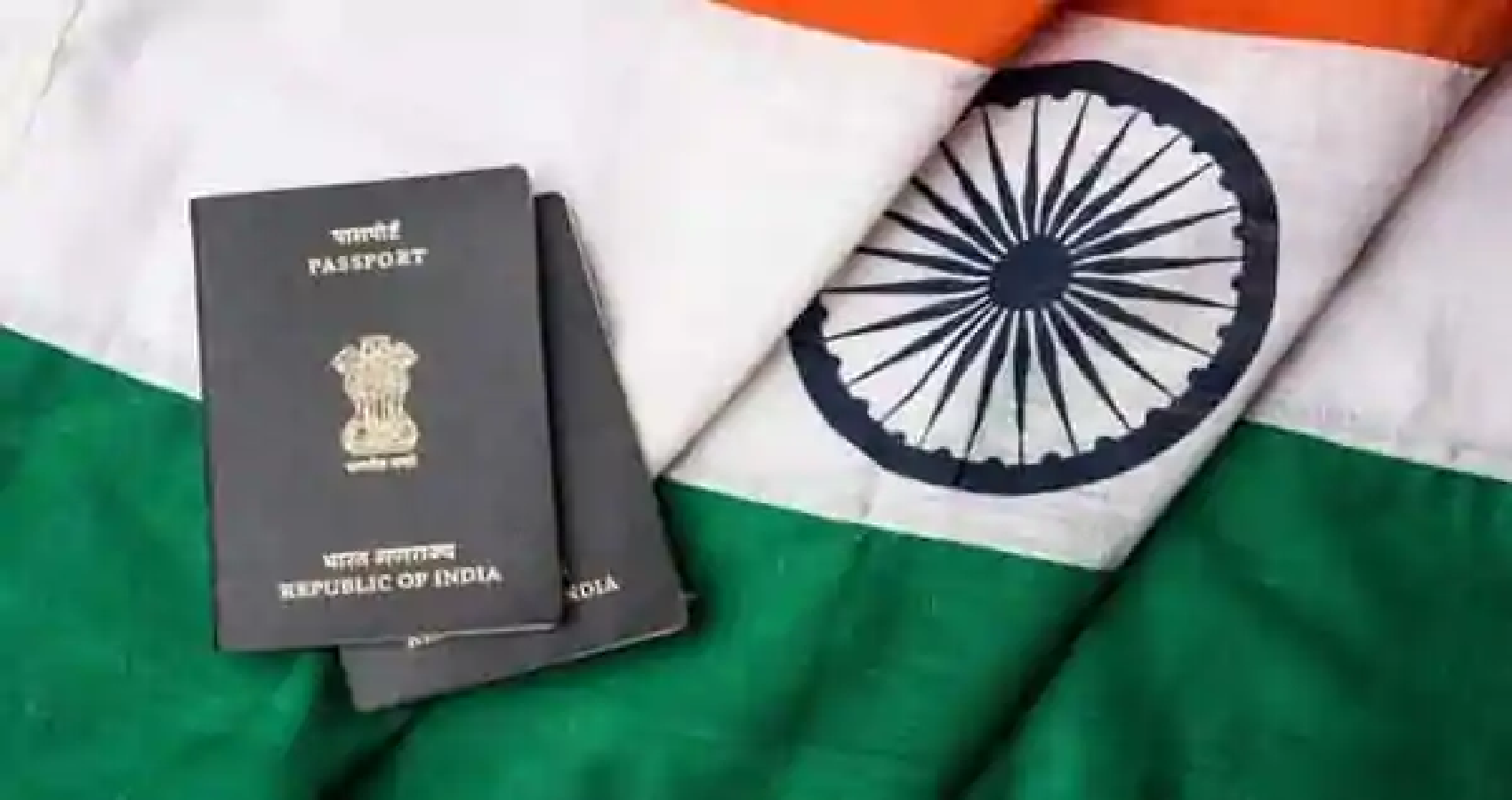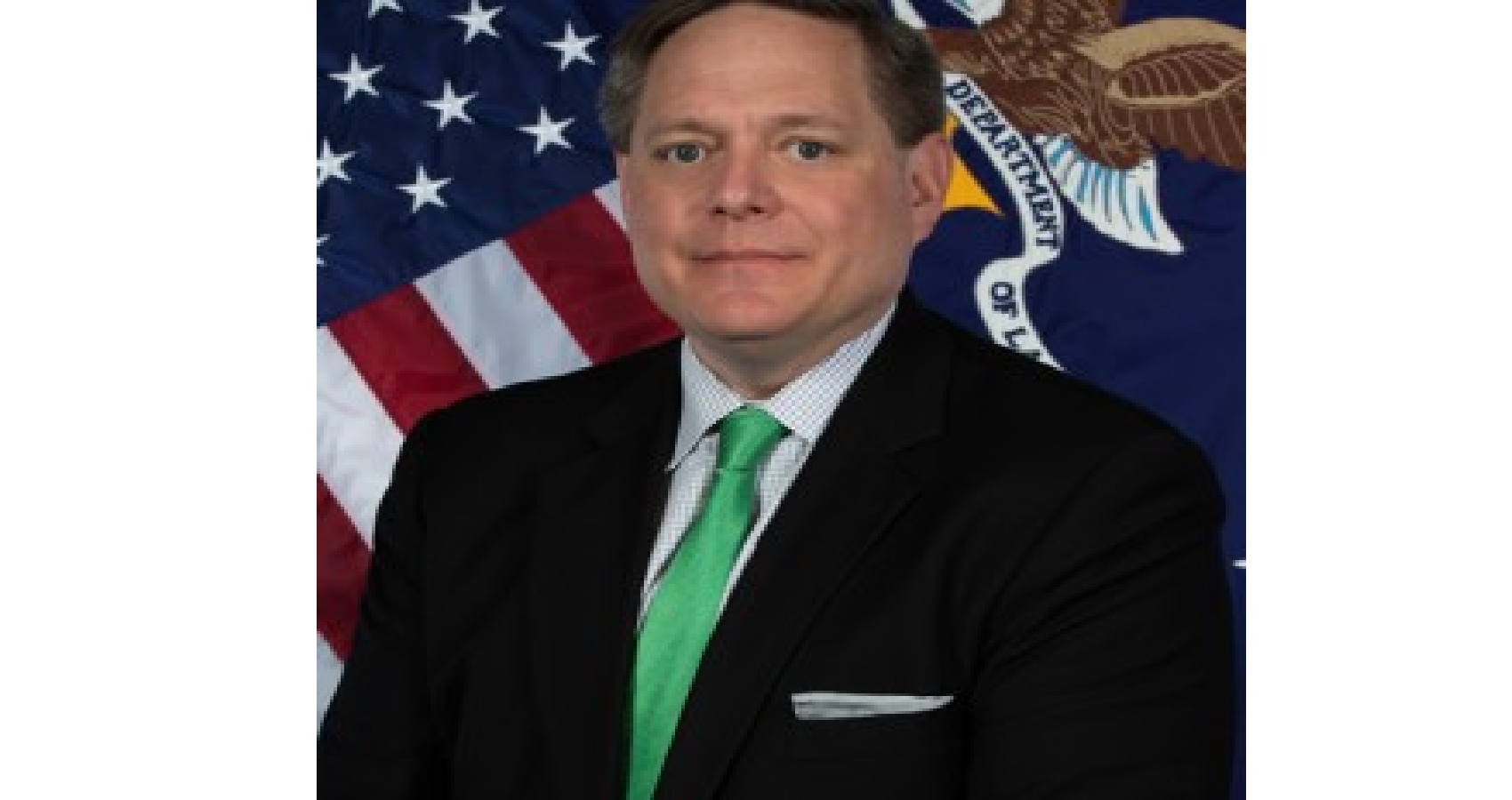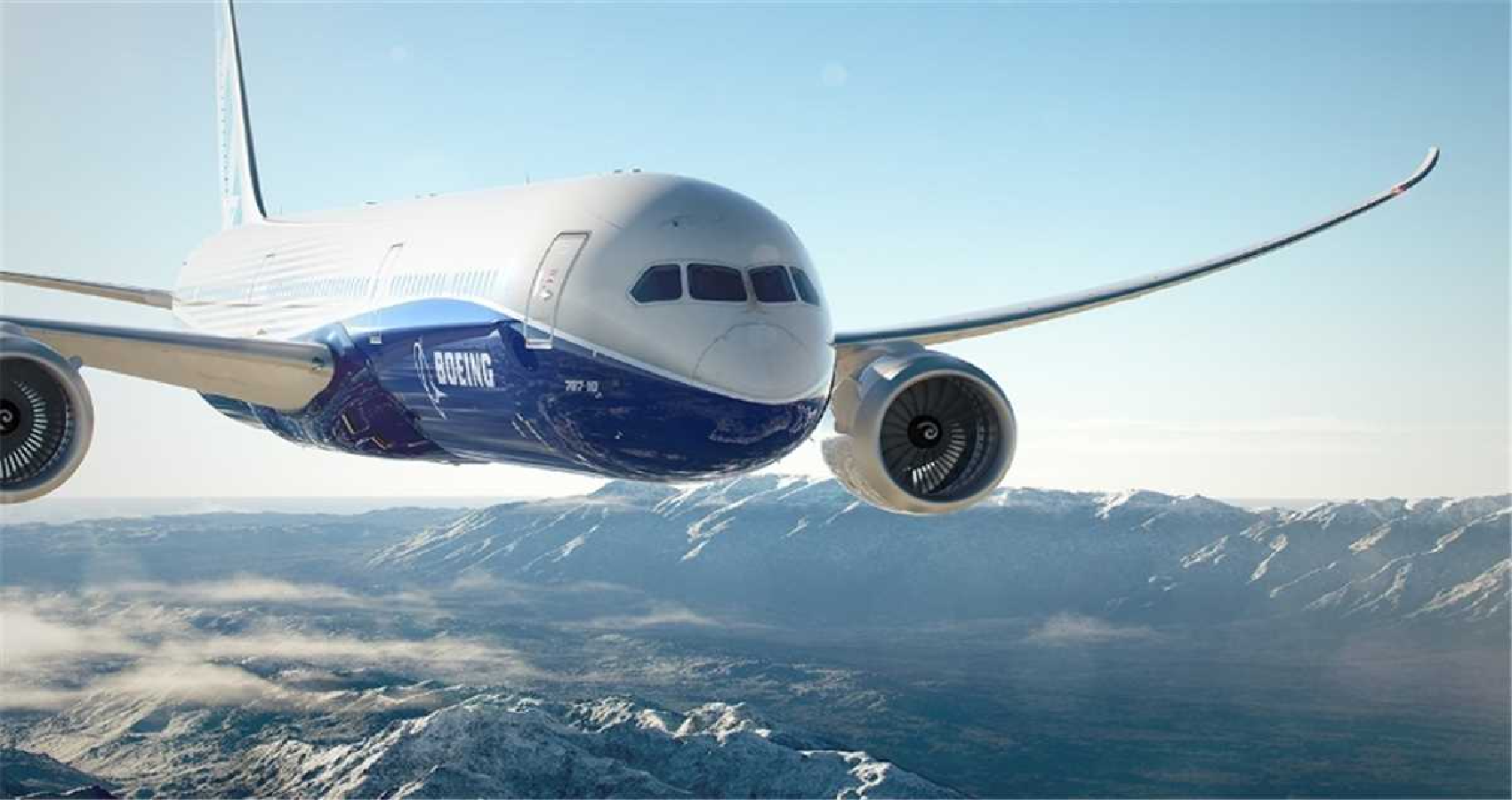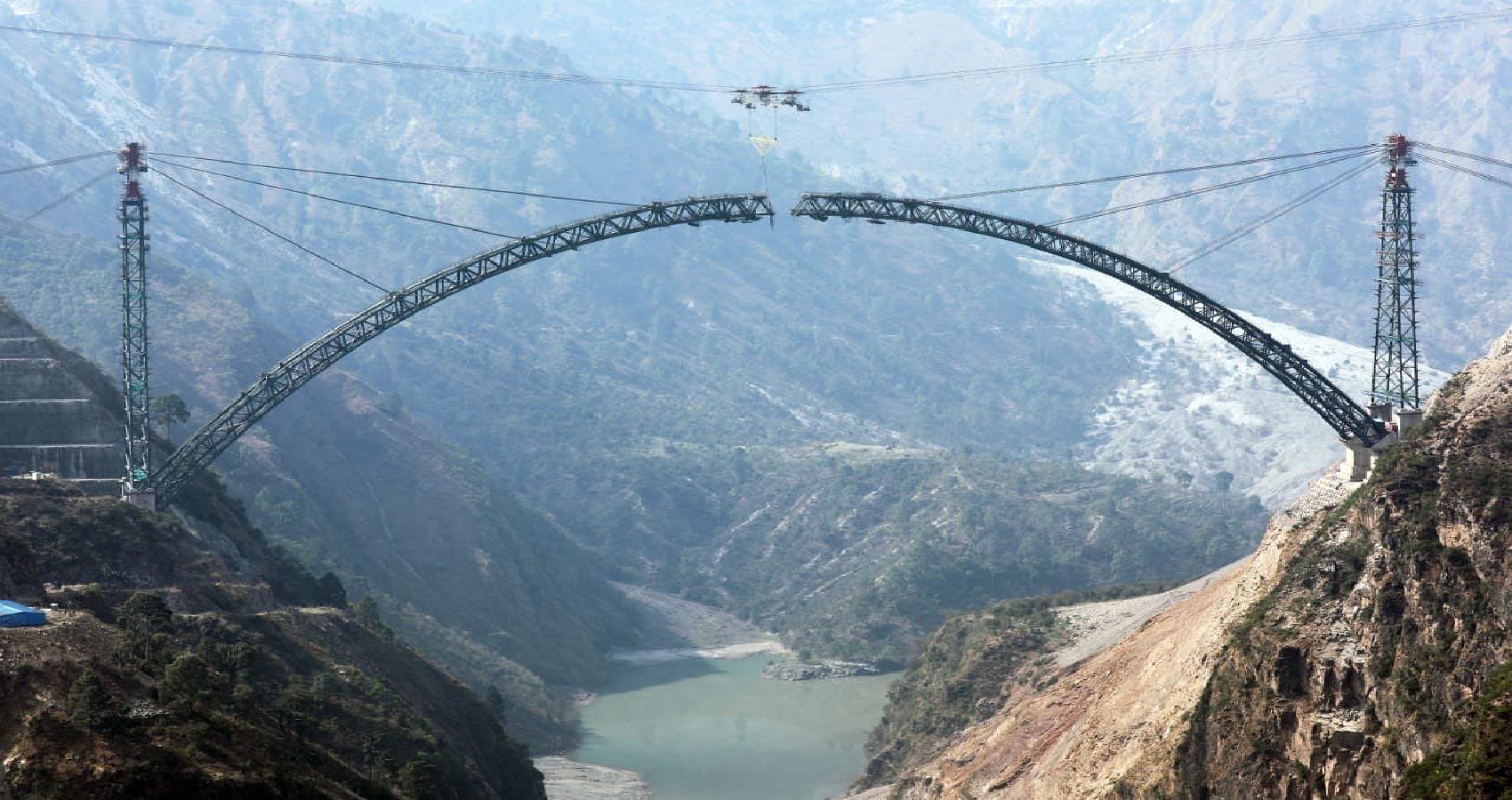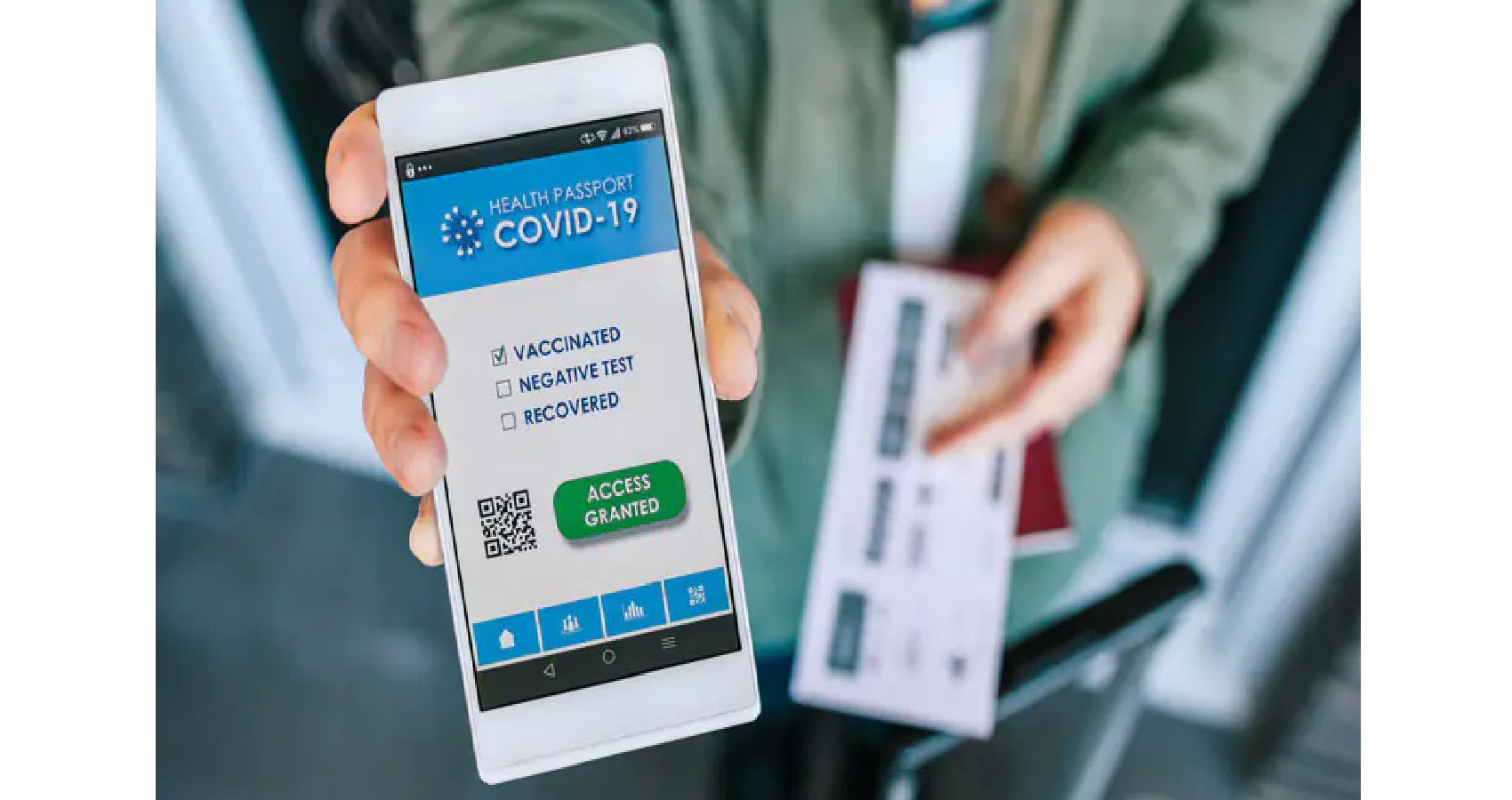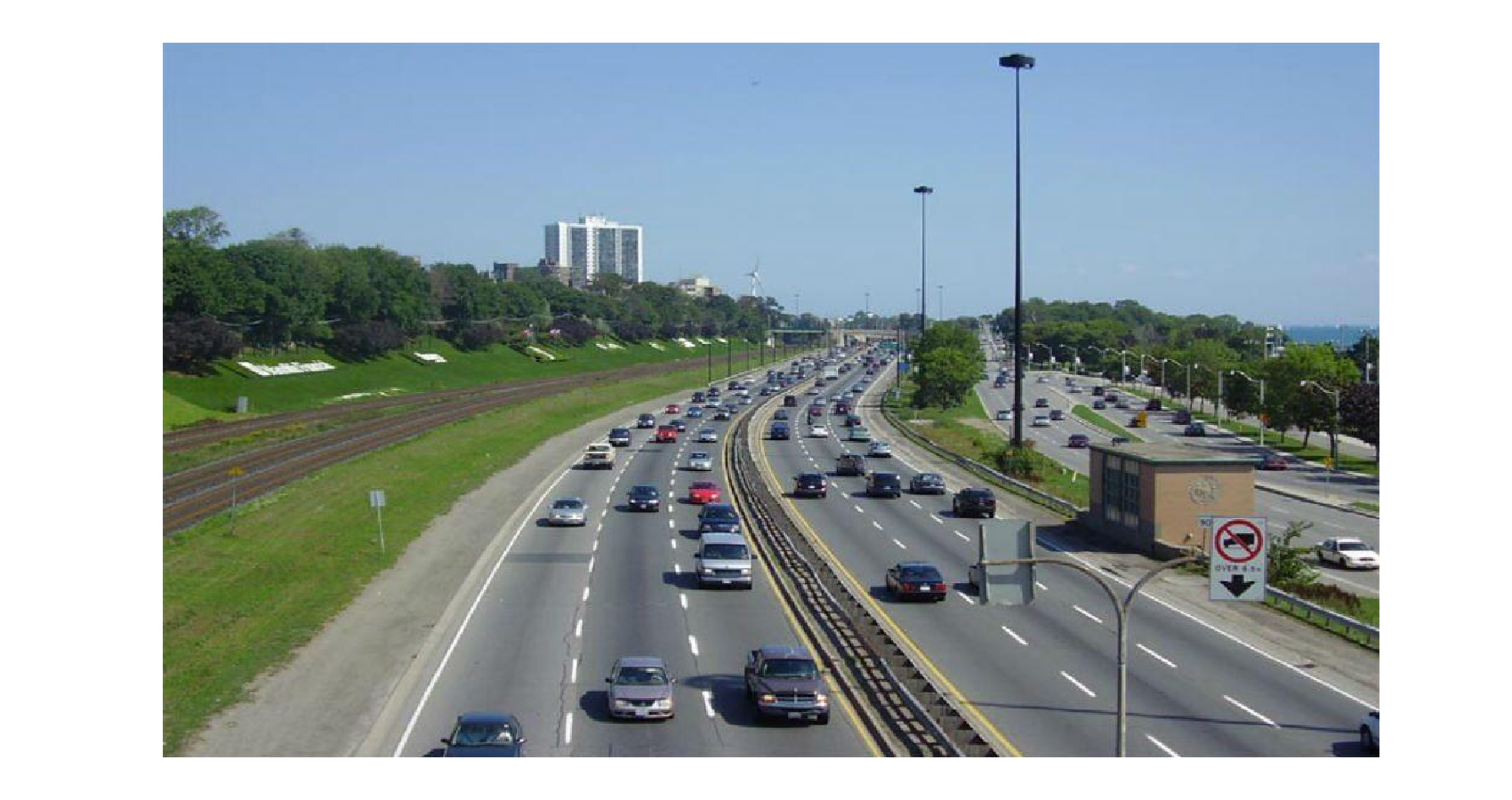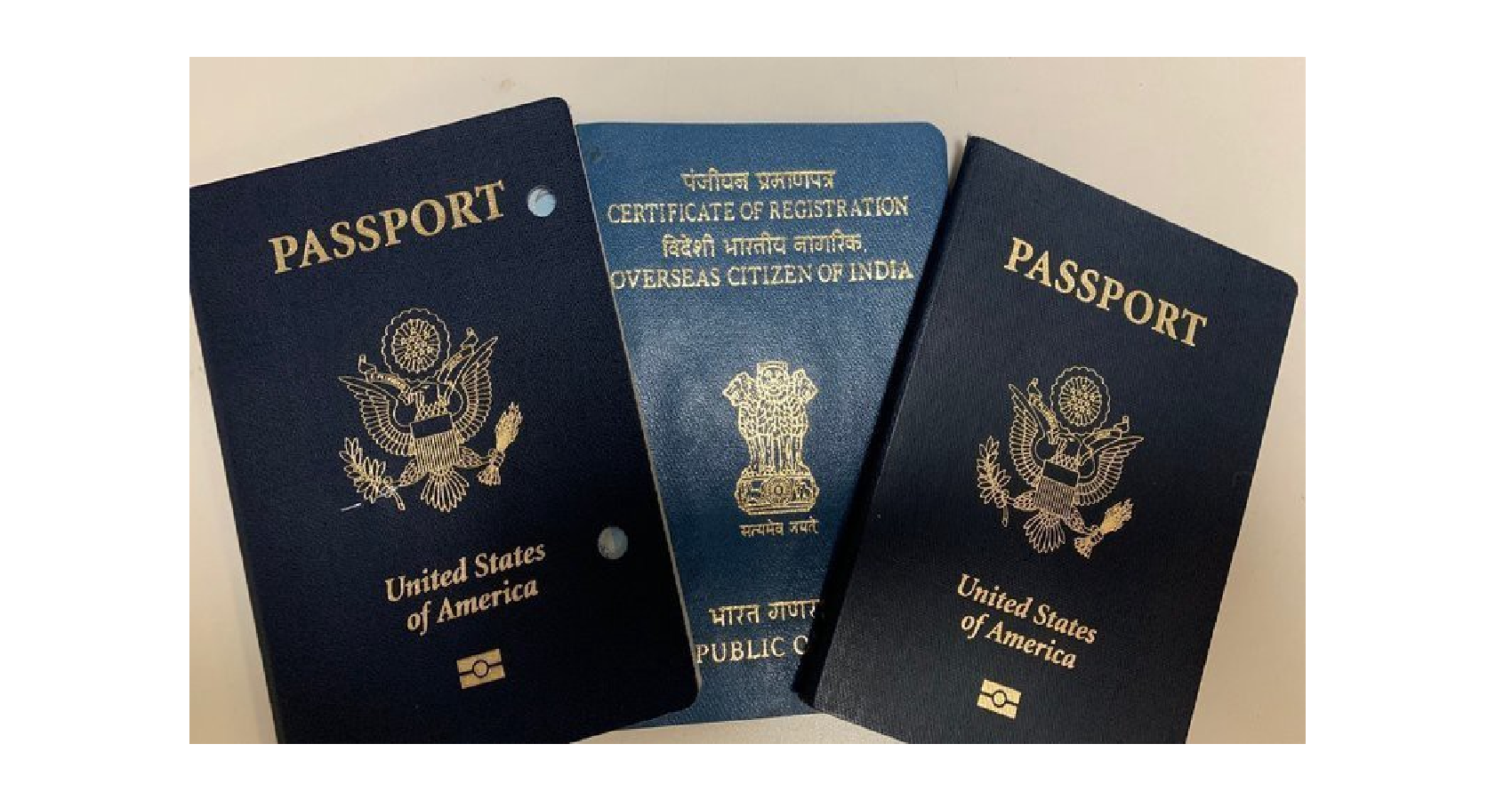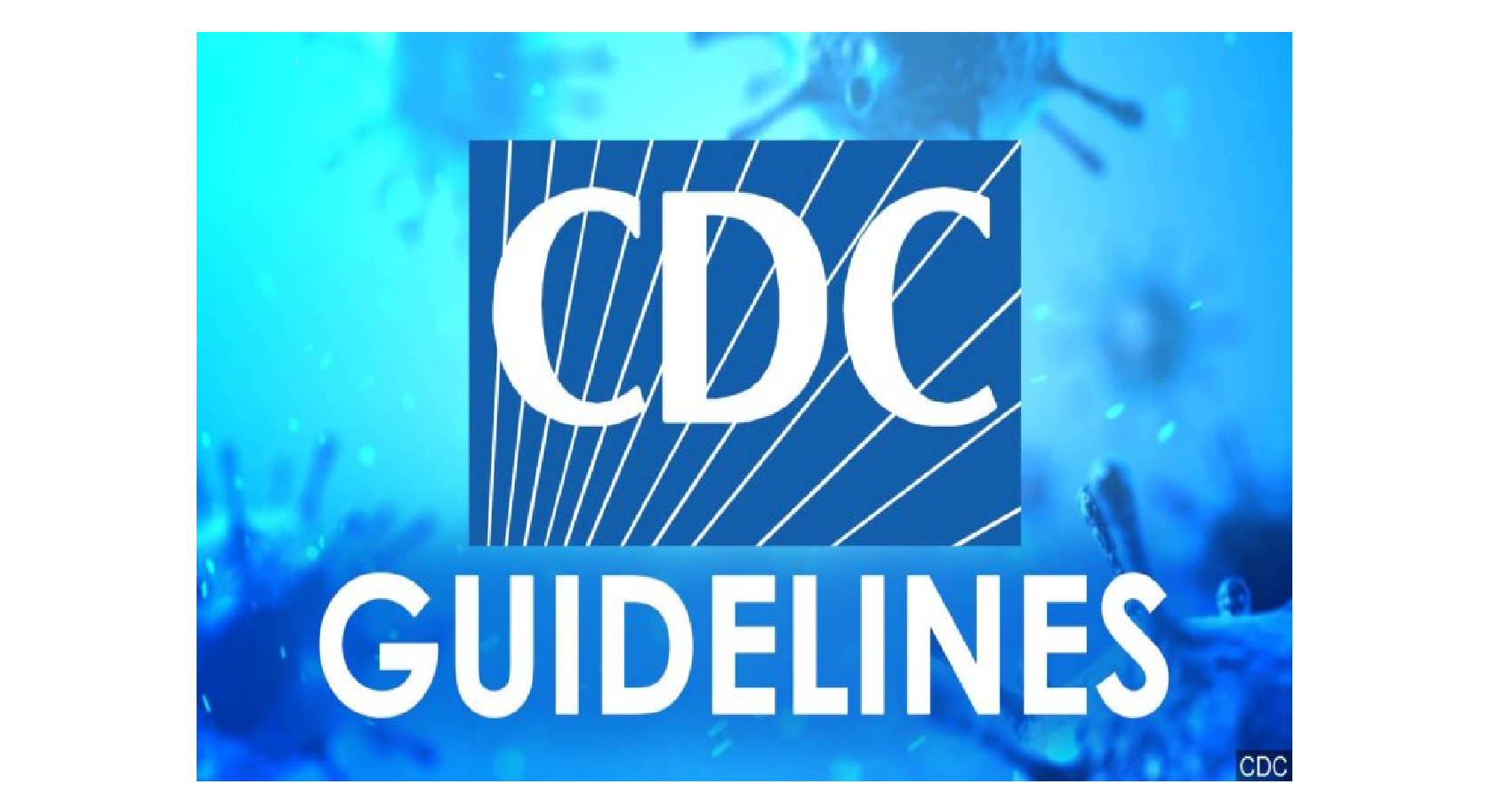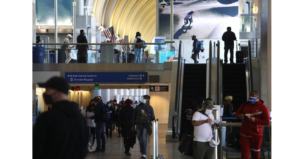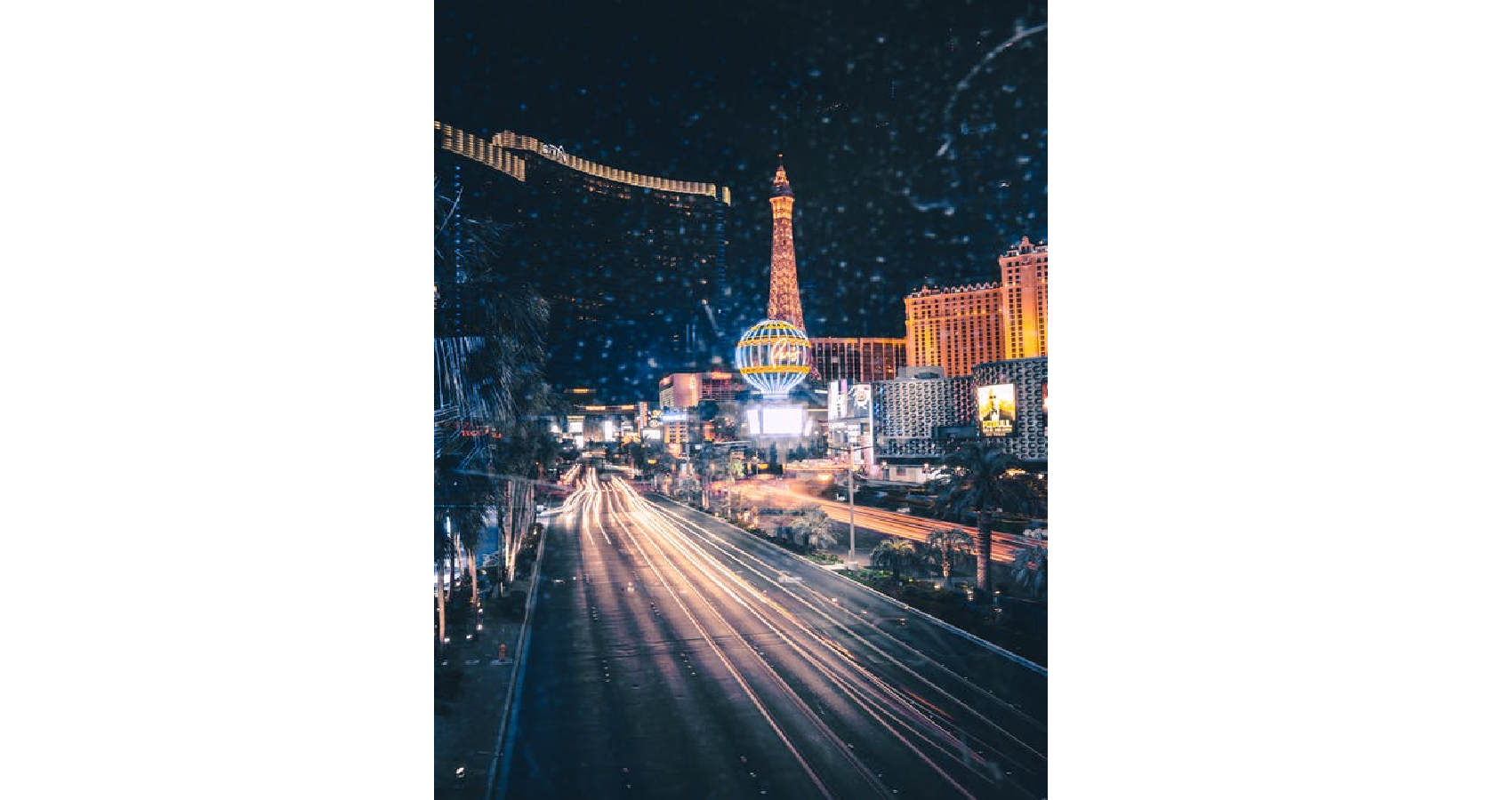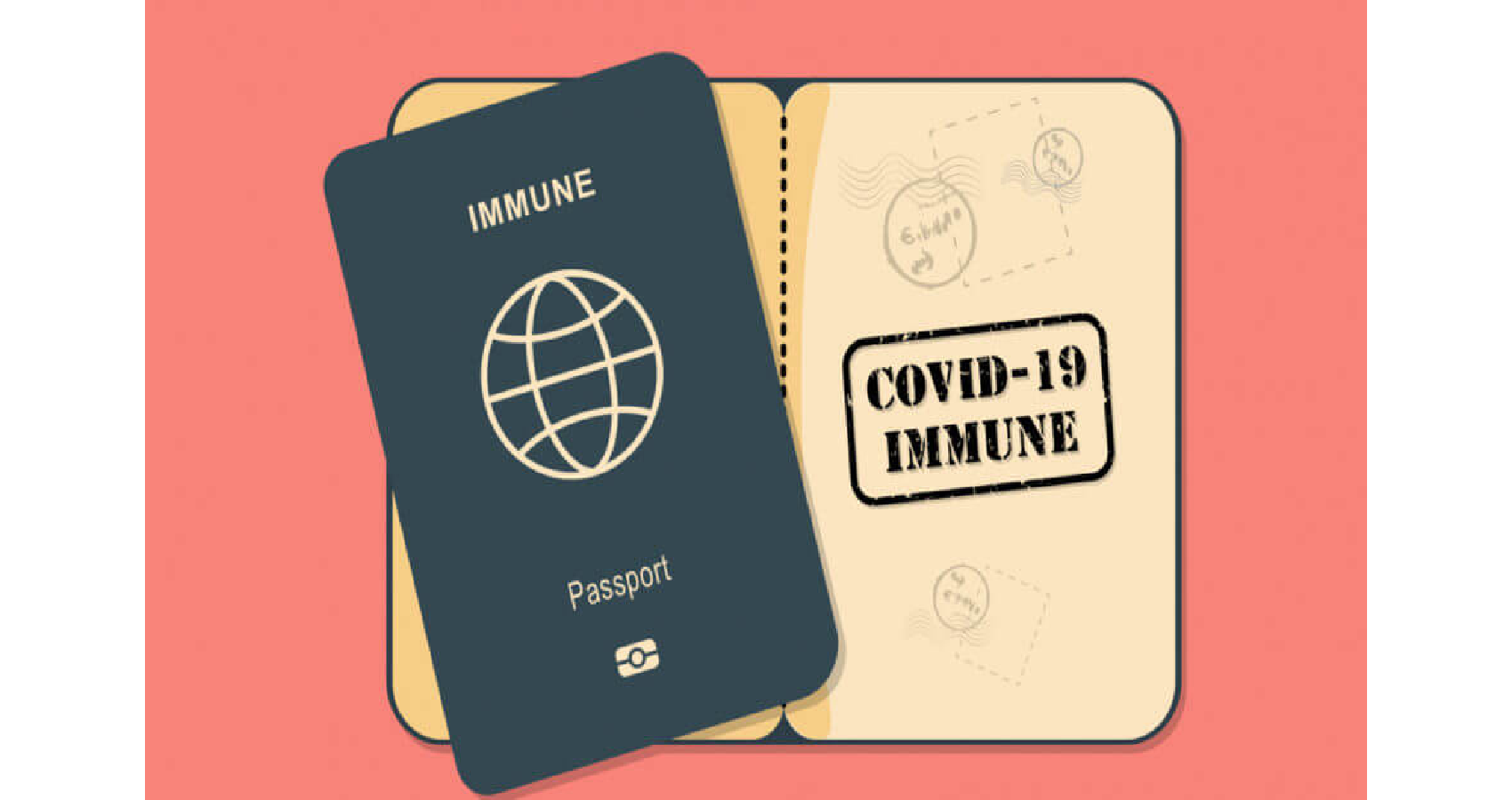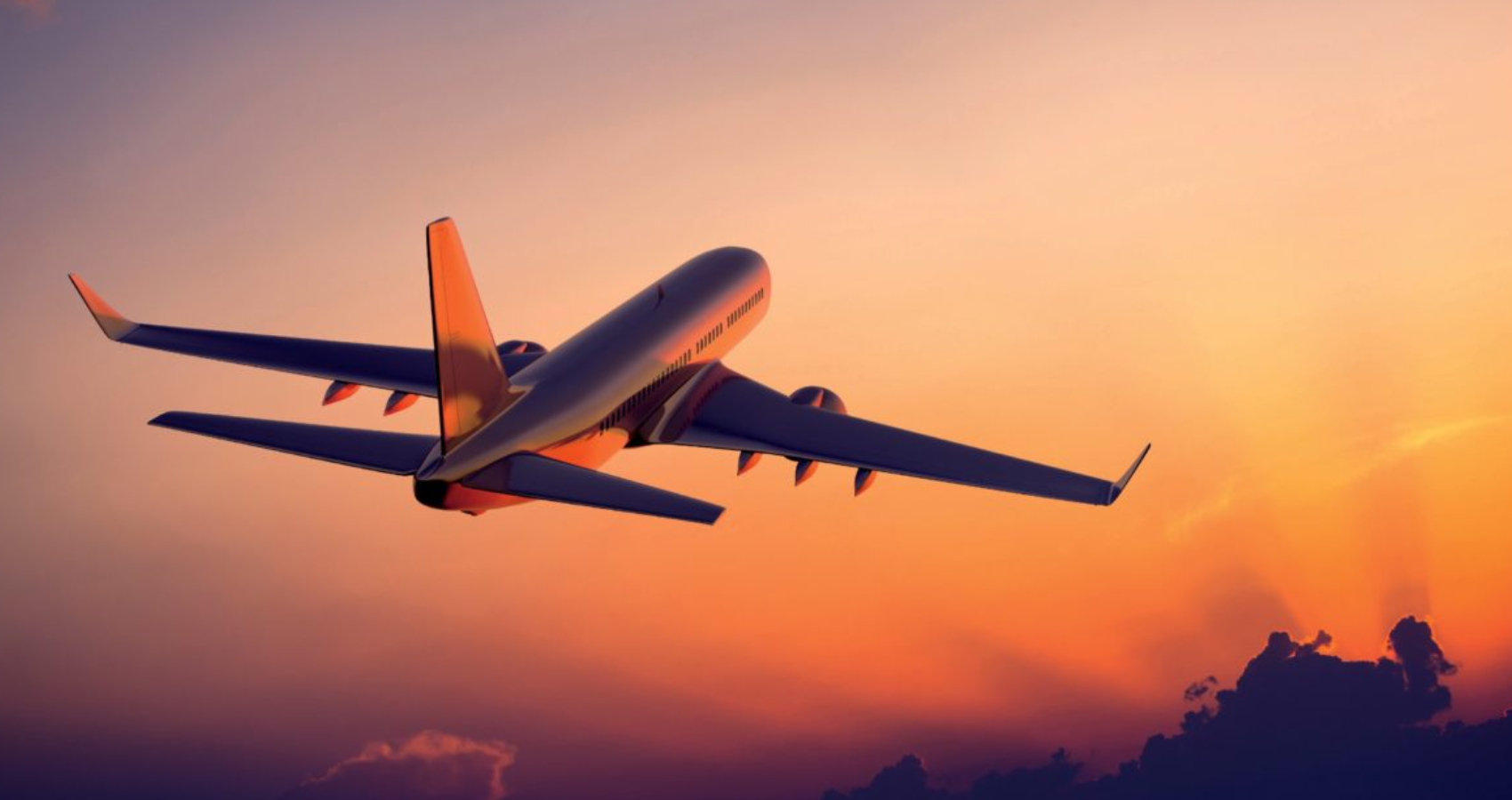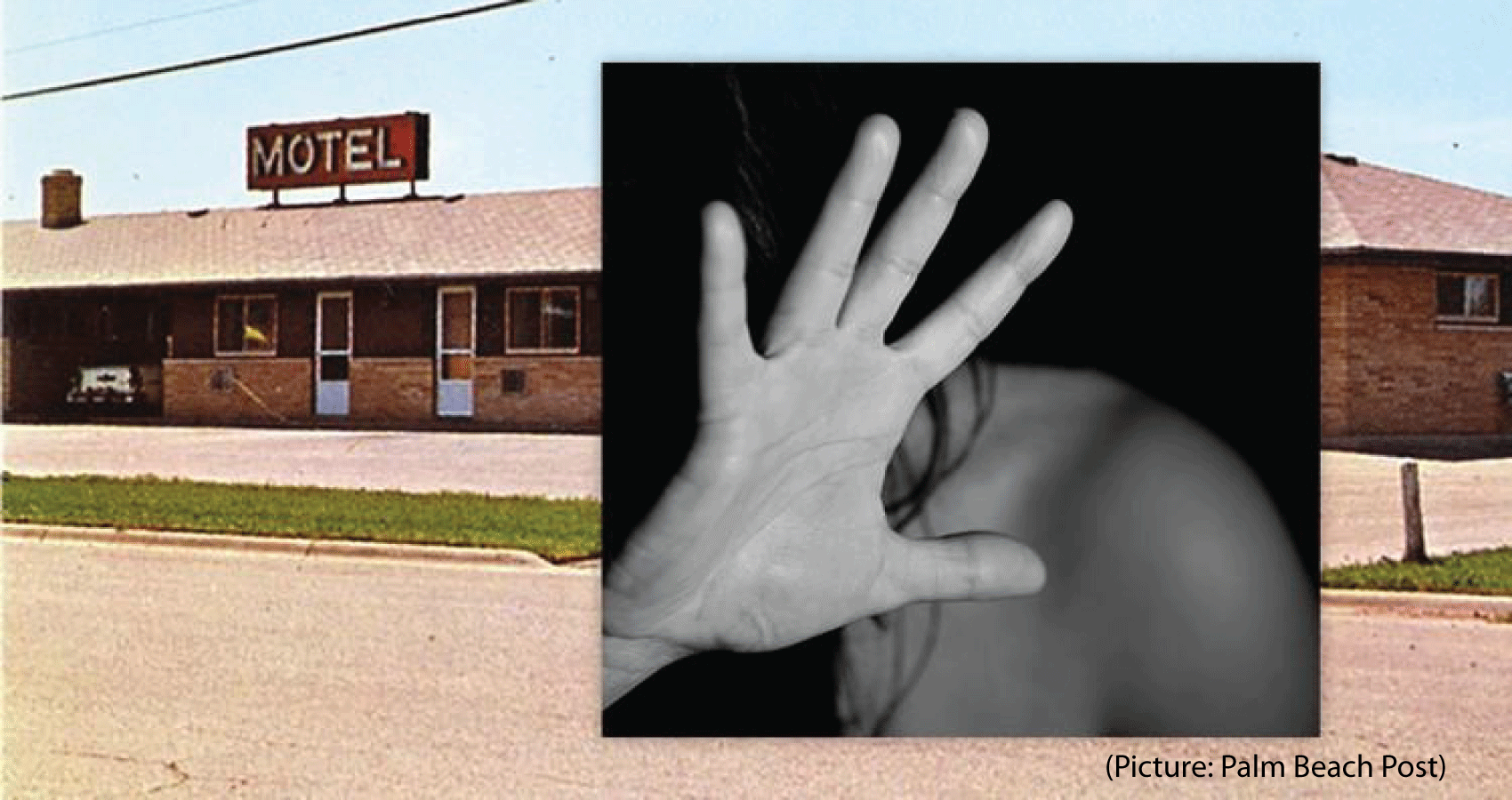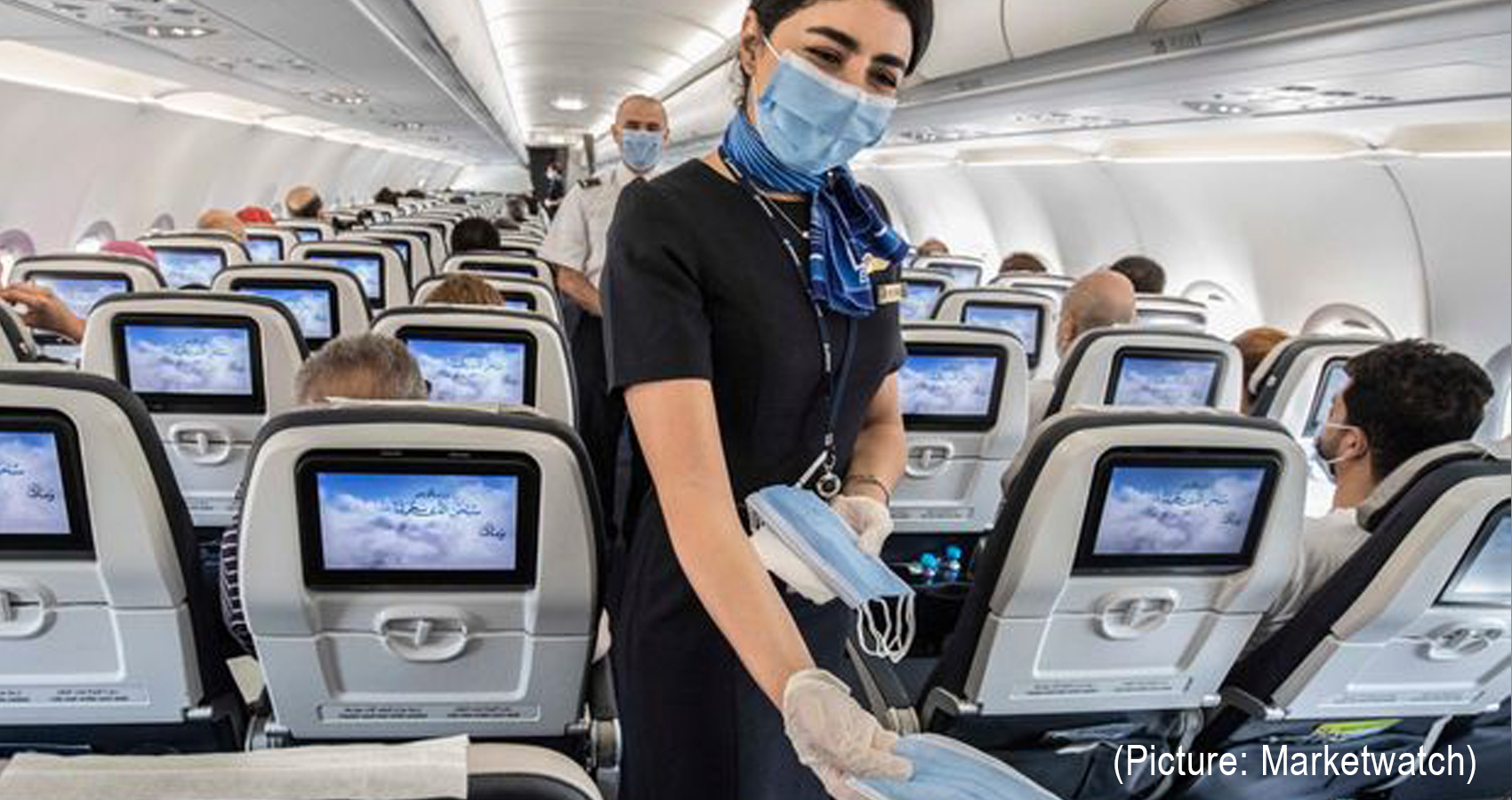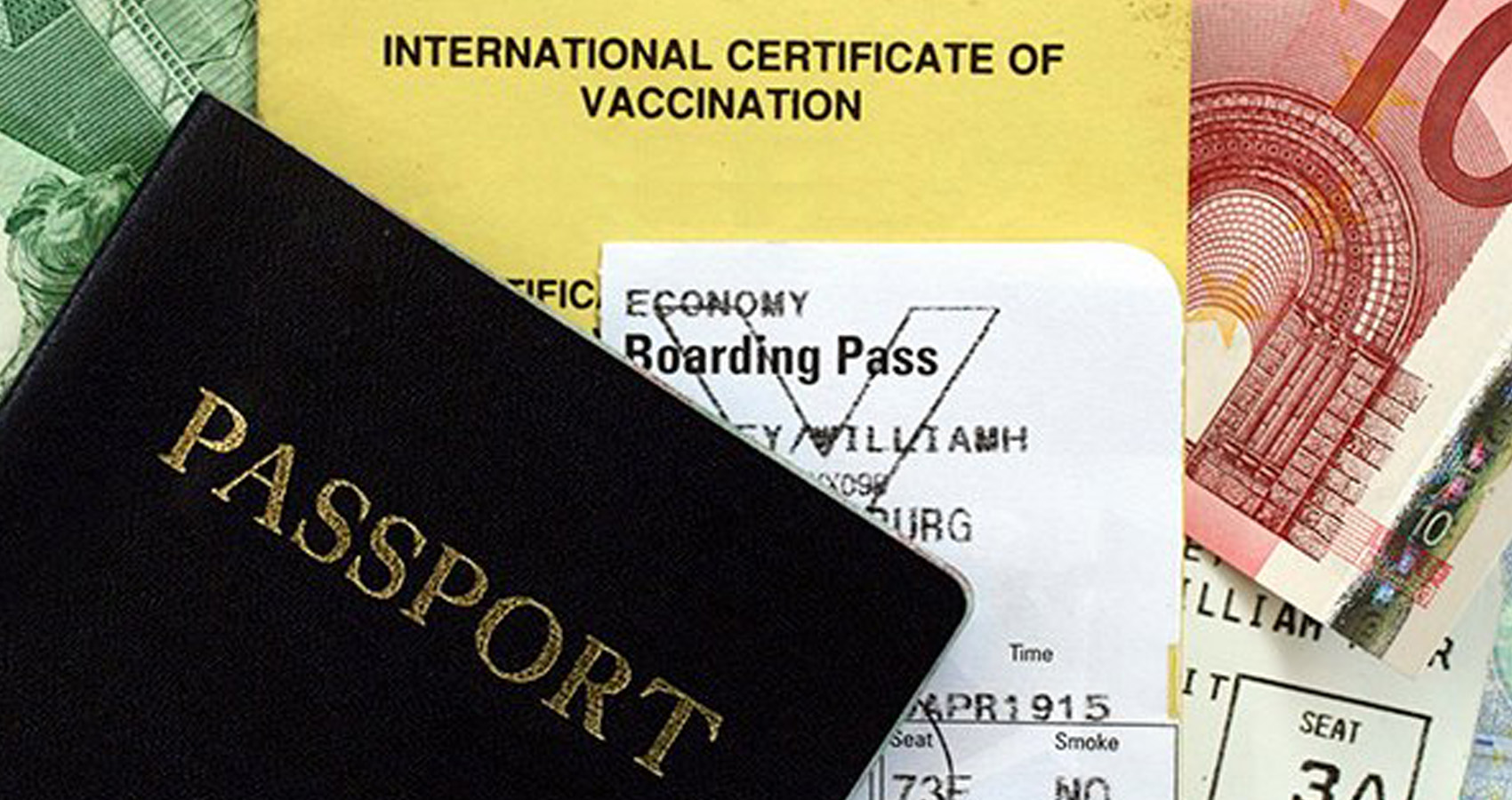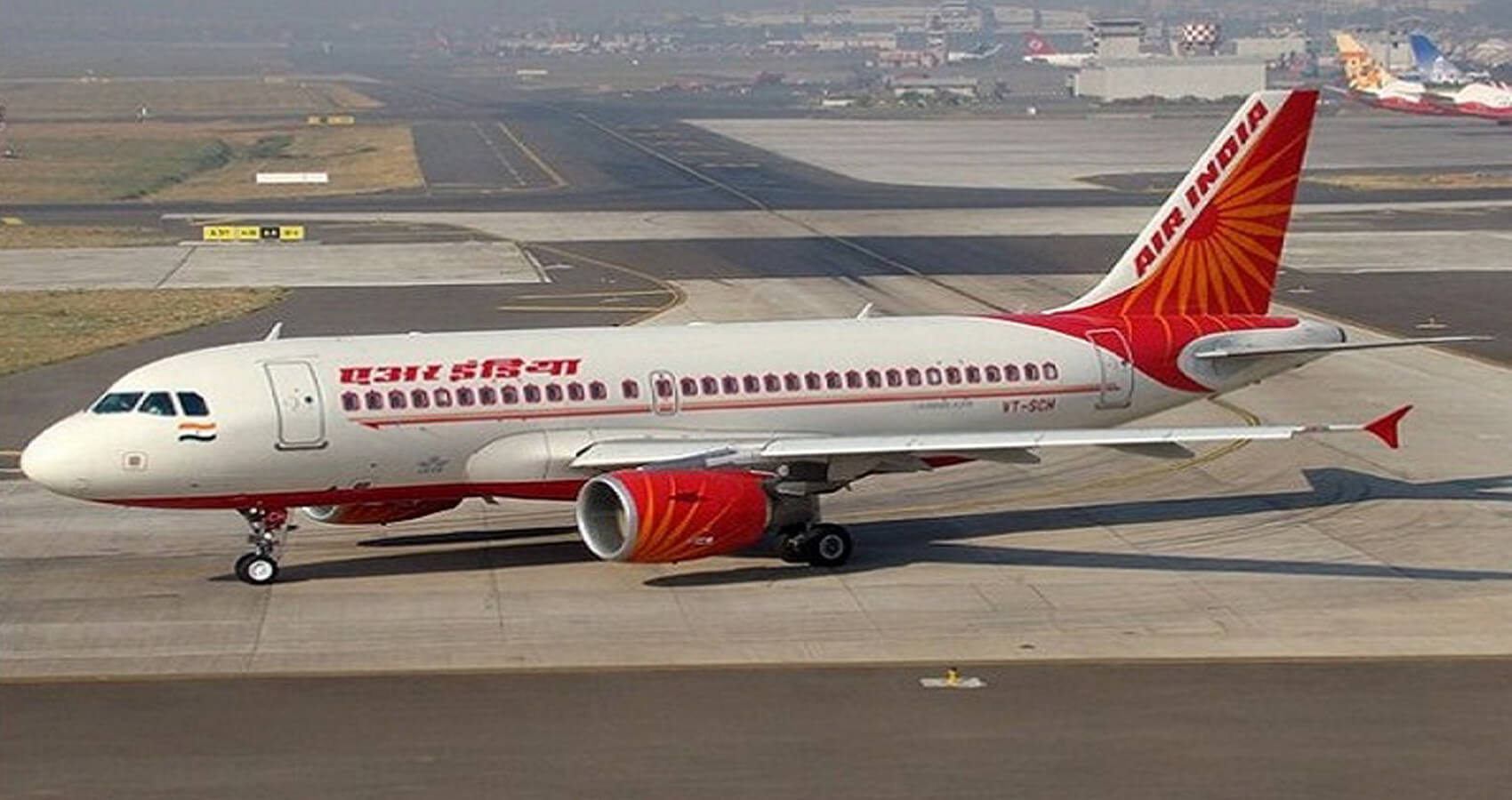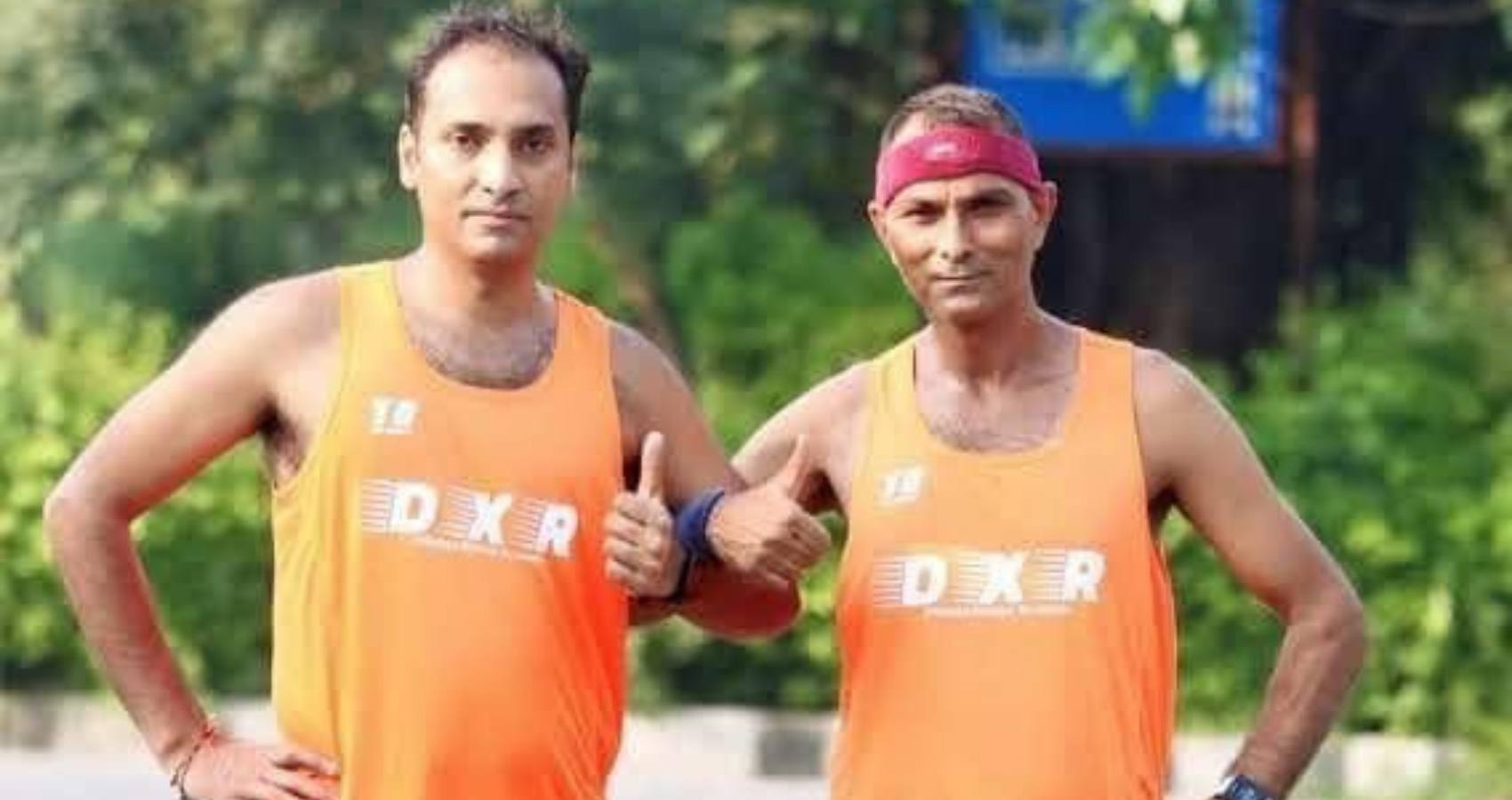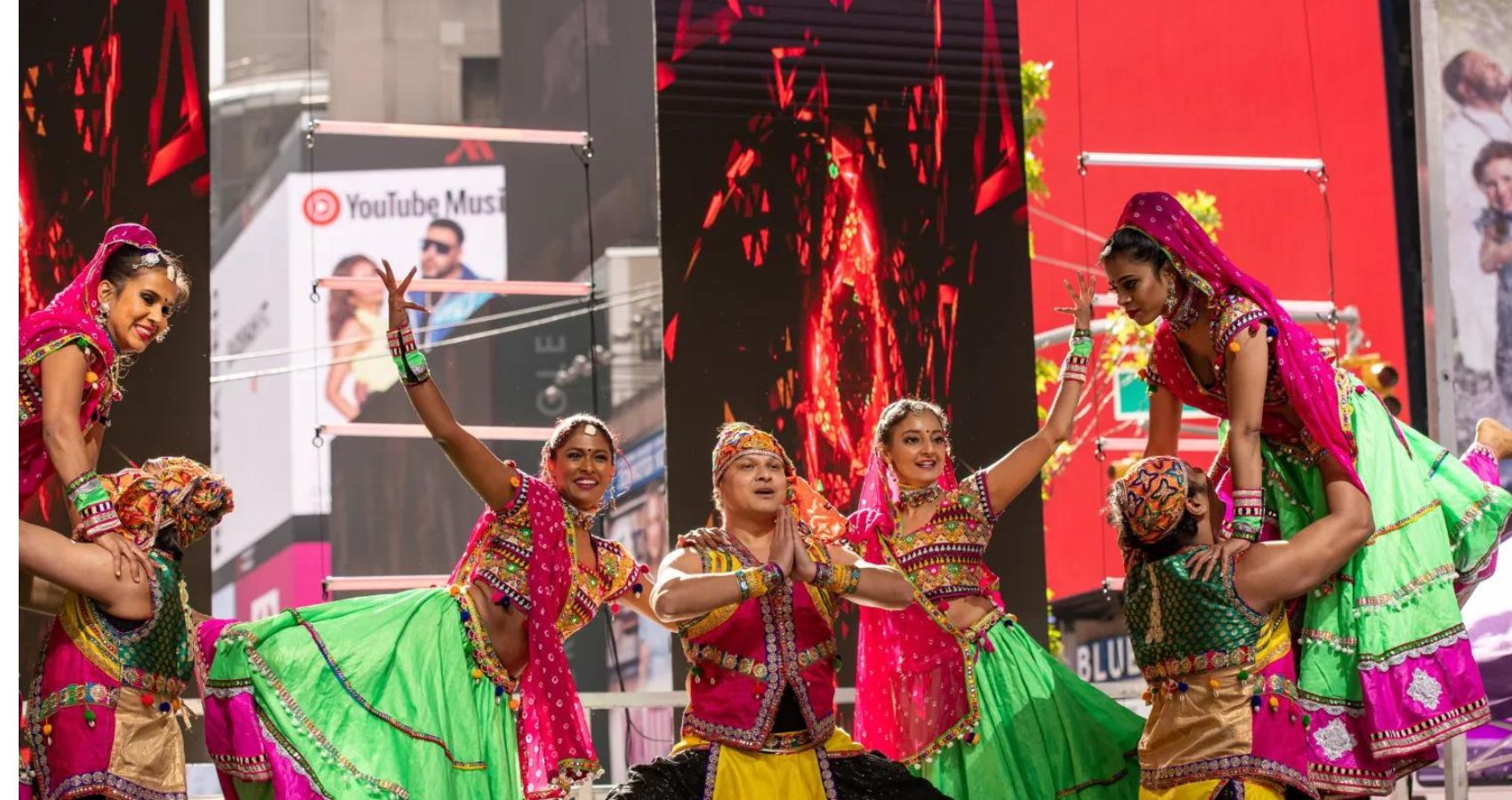The United States has more immigrants than any other country in the world. Today, more than 40 million people living in the U.S. were born in another country, accounting for about one-fifth of the world’s migrants. The population of immigrants is also very diverse, with just about every country in the world represented among U.S. immigrants.
Pew Research Center regularly publishes statistical portraits of the nation’s foreign-born population, which include historical trends since 1960. Based on these portraits, here are answers to some key questions about the U.S. immigrant population.
How many people in the U.S. are immigrants?
The U.S. foreign-born population reached a record 44.8 million in 2018. Since 1965, when U.S. immigration laws replaced a national quota system, the number of immigrants living in the U.S. has more than quadrupled. Immigrants today account for 13.7% of the U.S. population, nearly triple the share (4.8%) in 1970. However, today’s immigrant share remains below the record 14.8% share in 1890, when 9.2 million immigrants lived in the U.S.
What is the legal status of immigrants in the U.S.?
Most immigrants (77%) are in the country legally, while almost a quarter are unauthorized, according to new Pew Research Center estimates based on census data adjusted for undercount. In 2017, 45% were naturalized U.S. citizens.
Some 27% of immigrants were permanent residents and 5% were temporary residents in 2017. Another 23% of all immigrants were unauthorized immigrants. From 1990 to 2007, the unauthorized immigrant population more than tripled in size – from 3.5 million to a record high of 12.2 million in 2007. By 2017, that number had declined by 1.7 million, or 14%. There were 10.5 million unauthorized immigrants in the U.S. in 2017, accounting for 3.2% of the nation’s population.
The decline in the unauthorized immigrant population is due largely to a fall in the number from Mexico – the single largest group of unauthorized immigrants in the U.S. Between 2007 and 2017, this group decreased by 2 million. Meanwhile, there was a rise in the number from Central America and Asia.
Do all lawful immigrants choose to become U.S. citizens?
Not all lawful permanent residents choose to pursue U.S. citizenship. Those who wish to do so may apply after meeting certain requirements, including having lived in the U.S. for five years. In fiscal year 2019, about 800,000 immigrants applied for naturalization. The number of naturalization applications has climbed in recent years, though the annual totals remain below the 1.4 million applications filed in 2007.
Generally, most immigrants eligible for naturalization apply to become citizens. However, Mexican lawful immigrants have the lowest naturalization rate overall. Language and personal barriers, lack of interest and financial barriers are among the top reasons for choosing not to naturalize cited by Mexican-born green card holders, according to a 2015 Pew Research Center survey.
Where do immigrants come from?
Mexico is the top origin country of the U.S. immigrant population. In 2018, roughly 11.2 million immigrants living in the U.S. were from there, accounting for 25% of all U.S. immigrants. The next largest origin groups were those from China (6%), India (6%), the Philippines (4%) and El Salvador (3%).
By region of birth, immigrants from Asia combined accounted for 28% of all immigrants, close to the share of immigrants from Mexico (25%). Other regions make up smaller shares: Europe, Canada and other North America (13%), the Caribbean (10%), Central America (8%), South America (7%), the Middle East and North Africa (4%) and sub-Saharan Africa (5%).
Who is arriving today?
More than 1 million immigrants arrive in the U.S. each year. In 2018, the top country of origin for new immigrants coming into the U.S. was China, with 149,000 people, followed by India (129,000), Mexico (120,000) and the Philippines (46,000).
By race and ethnicity, more Asian immigrants than Hispanic immigrants have arrived in the U.S. in most years since 2010. Immigration from Latin America slowed following the Great Recession, particularly for Mexico, which has seen both decreasing flows into the United States and large flows back to Mexico in recent years.
Asians are projected to become the largest immigrant group in the U.S. by 2055, surpassing Hispanics. Pew Research Center estimates indicate that in 2065, those who identify as Asian will make up some 38% of all immigrants; as Hispanic, 31%; White, 20%; and Black, 9%.
Is the immigrant population growing?
New immigrant arrivals have fallen, mainly due to a decrease in the number of unauthorized immigrants coming to the U.S. The drop in the unauthorized immigrant population can primarily be attributed to more Mexican immigrants leaving the U.S. than coming in.
Looking forward, immigrants and their descendants are projected to account for 88% of U.S. population growth through 2065, assuming current immigration trends continue. In addition to new arrivals, U.S. births to immigrant parents will be important to future growth in the country’s population. In 2018, the percentage of women giving birth in the past year was higher among immigrants (7.5%) than among the U.S. born (5.7%). While U.S.-born women gave birth to more than 3 million children that year, immigrant women gave birth to about 760,000.
How many immigrants have come to the U.S. as refugees?
Since the creation of the federal Refugee Resettlement Program in 1980, about 3 million refugees have been resettled in the U.S. – more than any other country.
In fiscal 2019, a total of 30,000 refugees were resettled in the U.S. The largest origin group of refugees was the Democratic Republic of the Congo, followed by Burma (Myanmar), Ukraine, Eritrea and Afghanistan. Among all refugees admitted in fiscal year 2019, 4,900 are Muslims (16%) and 23,800 are Christians (79%). Texas, Washington, New York and California resettled more than a quarter of all refugees admitted in fiscal 2018.
Where do most U.S. immigrants live?
Nearly half (45%) of the nation’s 44.4 million immigrants live in just three states: California (24%), Texas (11%) and Florida (10%). California had the largest immigrant population of any state in 2018, at 10.6 million. Texas, Florida and New York had more than 4 million immigrants each.
In terms of regions, about two-thirds of immigrants lived in the West (34%) and South (34%). Roughly one-fifth lived in the Northeast (21%) and 11% were in the Midwest.
In 2018, most immigrants lived in just 20 major metropolitan areas, with the largest populations in the New York, Los Angeles and Miami metro areas. These top 20 metro areas were home to 28.7 million immigrants, or 64% of the nation’s total foreign-born population. Most of the nation’s unauthorized immigrant population lived in these top metro areas as well.
How do immigrants compare with the U.S. population overall in education?
Immigrants in the U.S. as a whole have lower levels of education than the U.S.-born population. In 2018, immigrants were over three times as likely as the U.S. born to have not completed high school (27% vs. 8%). However, immigrants were just as likely as the U.S. born to have a bachelor’s degree or more (32% and 33%, respectively).
Educational attainment varies among the nation’s immigrant groups, particularly across immigrants from different regions of the world. Immigrants from Mexico and Central America are less likely to be high school graduates than the U.S. born (54% and 47%, respectively, do not have a high school diploma, vs. 8% of U.S. born). On the other hand, immigrants from every region except Mexico, the Caribbean and Central America were as likely as or more likely than U.S.-born residents to have a bachelor’s or advanced degree.
Among all immigrants, those from South Asia (71%) were the most likely to have a bachelor’s degree or more. Immigrants from Mexico (7%) and Central America (11%) were the least likely to have a bachelor’s or higher.
How many immigrants are working in the U.S.?
In 2017, about 29 million immigrants were working or looking for work in the U.S., making up some 17% of the total civilian labor force. Lawful immigrants made up the majority of the immigrant workforce, at 21.2 million. An additional 7.6 million immigrant workers are unauthorized immigrants, less than the total of the previous year and notably less than in 2007, when they were 8.2 million. They alone account for 4.6% of the civilian labor force, a dip from their peak of 5.4% in 2007. During the same period, the overall U.S. workforce grew, as did the number of U.S.-born workers and lawful immigrant workers.
Immigrants are projected to drive future growth in the U.S. working-age population through at least 2035. As the Baby Boom generation heads into retirement, immigrants and their children are expected to offset a decline in the working-age population by adding about 18 million people of working age between 2015 and 2035.
How well do immigrants speak English?
Among immigrants ages 5 and older in 2018, half (53%) are proficient English speakers – either speaking English very well (37%) or only speaking English at home (17%).
Immigrants from Mexico have the lowest rates of English proficiency (34%), followed by those from Central America (35%), East and Southeast Asia (50%) and South America (56%). Immigrants from Canada (96%), Oceania (82%), Europe (75%) and sub-Saharan Africa (74%) have the highest rates of English proficiency.
The longer immigrants have lived in the U.S., the greater the likelihood they are English proficient. Some 47% of immigrants living in the U.S. five years or less are proficient. By contrast, more than half (57%) of immigrants who have lived in the U.S. for 20 years or more are proficient English speakers.
Among immigrants ages 5 and older, Spanish is the most commonly spoken language. Some 42% of immigrants in the U.S. speak Spanish at home. The top five languages spoken at home among immigrants outside of Spanish are English only (17%), followed by Chinese (6%), Hindi (5%), Filipino/Tagalog (4%) and French (3%).
How many immigrants have been deported recently?
Around 337,000 immigrants were deported from the U.S. in fiscal 2018, up since 2017. Overall, the Obama administration deported about 3 million immigrants between 2009 and 2016, a significantly higher number than the 2 million immigrants deported by the Bush administration between 2001 and 2008. In 2017, the Trump administration deported 295,000 immigrants, the lowest total since 2006.
Immigrants convicted of a crime made up the less than half of deportations in 2018, the most recent year for which statistics by criminal status are available. Of the 337,000 immigrants deported in 2018, some 44% had criminal convictions and 56% were not convicted of a crime. From 2001 to 2018, a majority (60%) of immigrants deported have not been convicted of a crime.
How many immigrant apprehensions take place at the U.S.-Mexico border?
The number of apprehensions at the U.S.-Mexico border has doubled from fiscal 2018 to fiscal 2019, from 396,579 in fiscal 2018 to 851,508 in fiscal 2019. Today, there are more apprehensions of non-Mexicans than Mexicans at the border. In fiscal 2019, apprehensions of Central Americans at the border exceeded those of Mexicans for the fourth consecutive year. The first time Mexicans did not make up the bulk of Border Patrol apprehensions was in 2014.
How do Americans view immigrants and immigration?
While immigration has been at the forefront of a national political debate, the U.S. public holds a range of views about immigrants living in the country. Overall, a majority of Americans have positive views about immigrants. About two-thirds of Americans (66%) say immigrants strengthen the country “because of their hard work and talents,” while about a quarter (24%) say immigrants burden the country by taking jobs, housing and health care.
Yet these views vary starkly by political affiliation. Among Democrats and Democratic-leaning independents, 88% think immigrants strengthen the country with their hard work and talents, and just 8% say they are a burden. Among Republicans and Republican-leaning independents, 41% say immigrants strengthen the country, while 44% say they burden it.
Americans were divided on future levels of immigration. A quarter said legal immigration to the U.S. should be decreased (24%), while one-third (38%) said immigration should be kept at its present level and almost another third (32%) said immigration should be increased.
Note: This is an update of a post originally published May 3, 2017, and written by Gustavo López, a former research analyst focusing on Hispanics, immigration and demographics; and Kristen Bialik, a former research assistant.
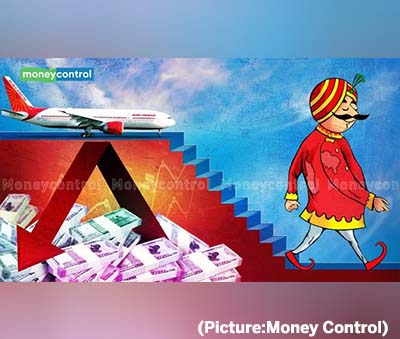 In a communication to the airline’s employees on Monday, Air India’s Director, Finance, Vinod Hejmadi wrote: “The disinvestment of Air India is now decided to be on the 27th January, 2022. The closing balance sheet as on 20th January has to be provided today, 24th January, so that it can be reviewed by Tatas and any changes can be effected on Wednesday”.
In a communication to the airline’s employees on Monday, Air India’s Director, Finance, Vinod Hejmadi wrote: “The disinvestment of Air India is now decided to be on the 27th January, 2022. The closing balance sheet as on 20th January has to be provided today, 24th January, so that it can be reviewed by Tatas and any changes can be effected on Wednesday”.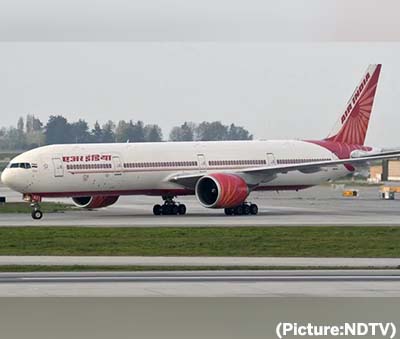 Headquartered in Bombay (Mumbai), AIR INDIA’s first ever scheduled air service was inaugurated in 1932 by J.R.D. Tata, flying mail and passengers between Karāchi, Ahmadābād, Bombay, Bellary, and Madras. By 1939 routes had been extended to Trivandrum, Delhi, Colombo, Lahore, and intermediate points. After World War II, in 1946, Tata Airlines was converted into a public company and renamed Air-India Limited. Two years later, to inaugurate international services between Bombay (Mumbai) and Cairo, Geneva, and London, Air-India International Limited was formed.
Headquartered in Bombay (Mumbai), AIR INDIA’s first ever scheduled air service was inaugurated in 1932 by J.R.D. Tata, flying mail and passengers between Karāchi, Ahmadābād, Bombay, Bellary, and Madras. By 1939 routes had been extended to Trivandrum, Delhi, Colombo, Lahore, and intermediate points. After World War II, in 1946, Tata Airlines was converted into a public company and renamed Air-India Limited. Two years later, to inaugurate international services between Bombay (Mumbai) and Cairo, Geneva, and London, Air-India International Limited was formed.
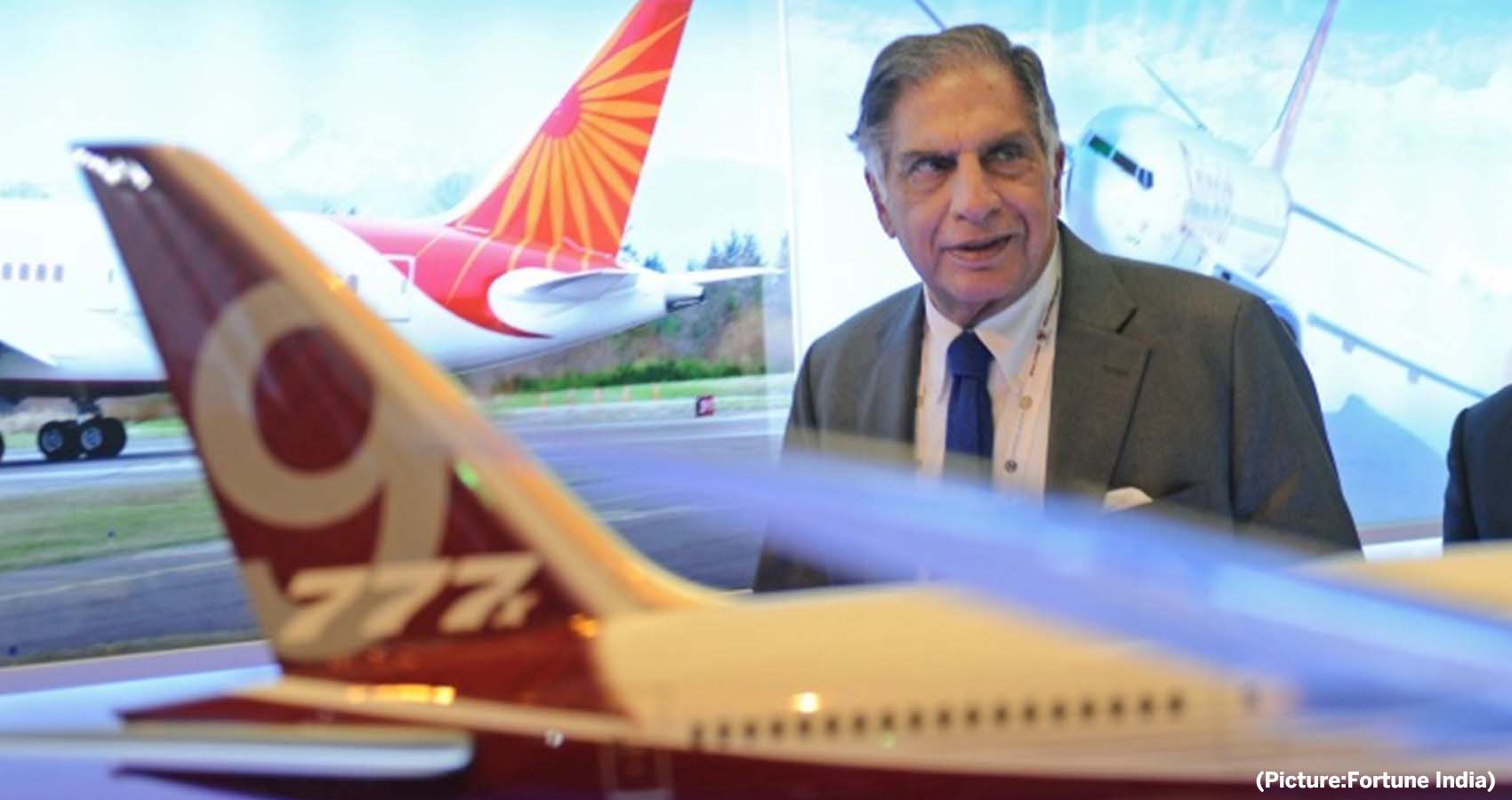
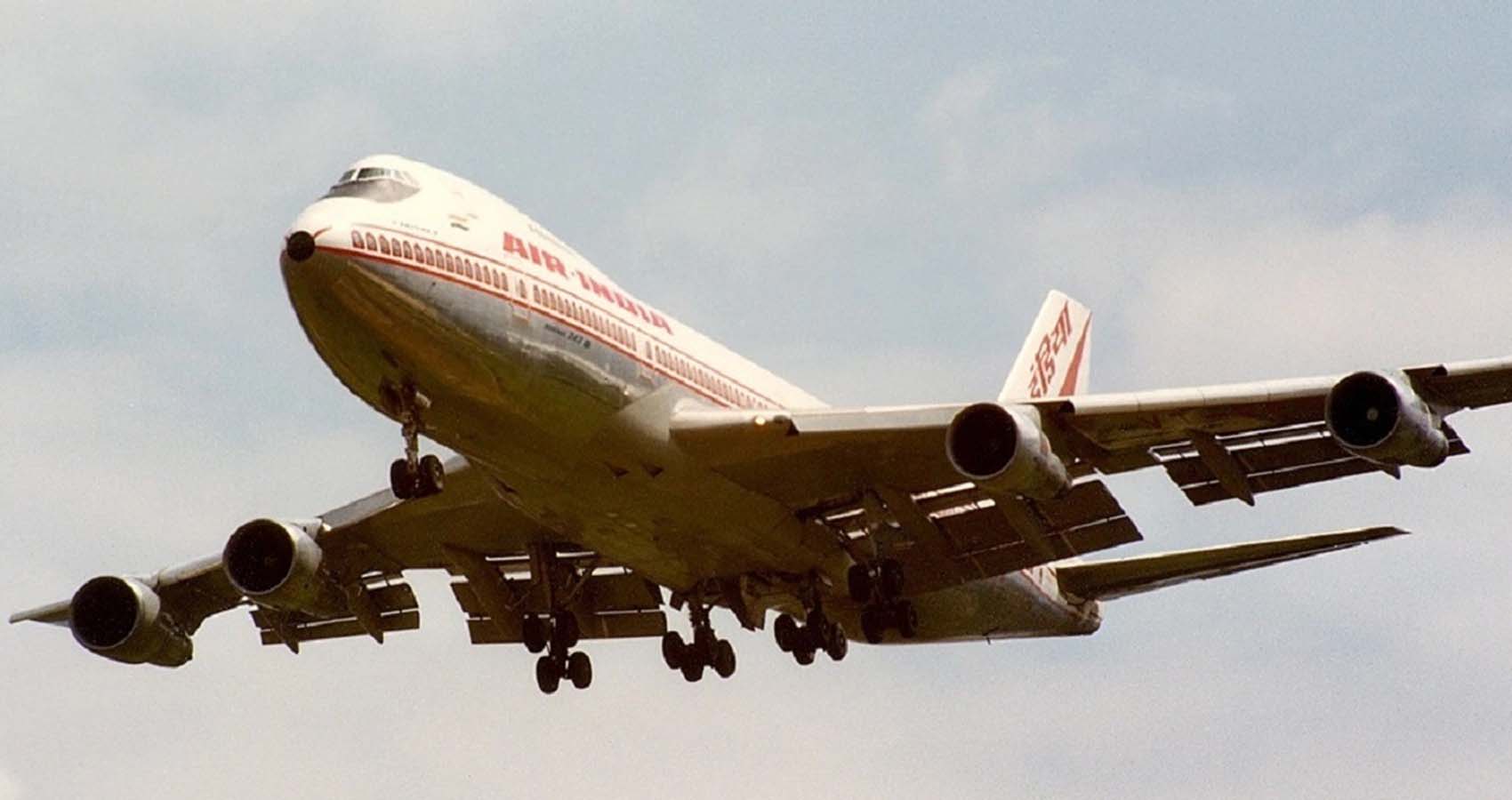
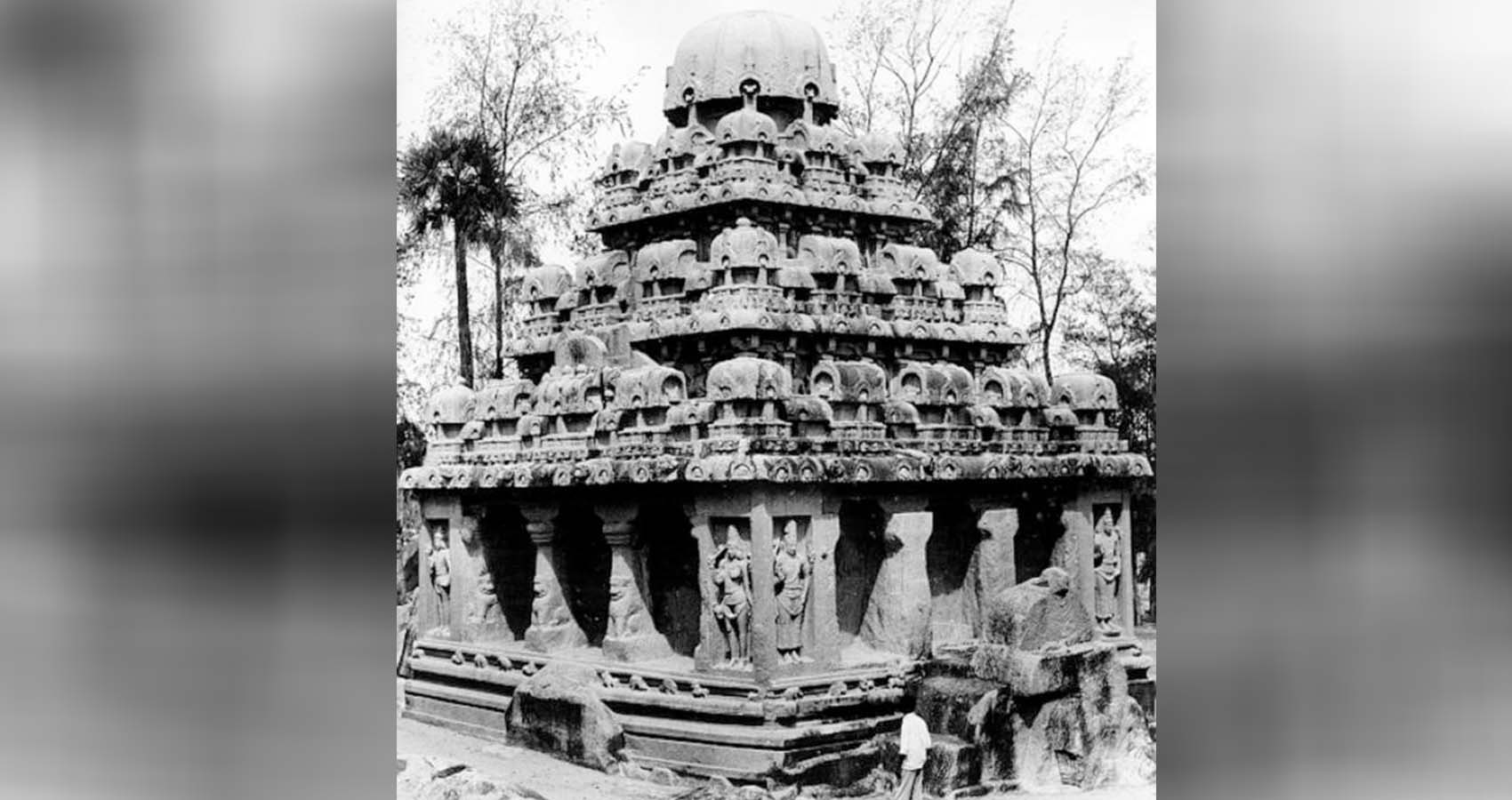




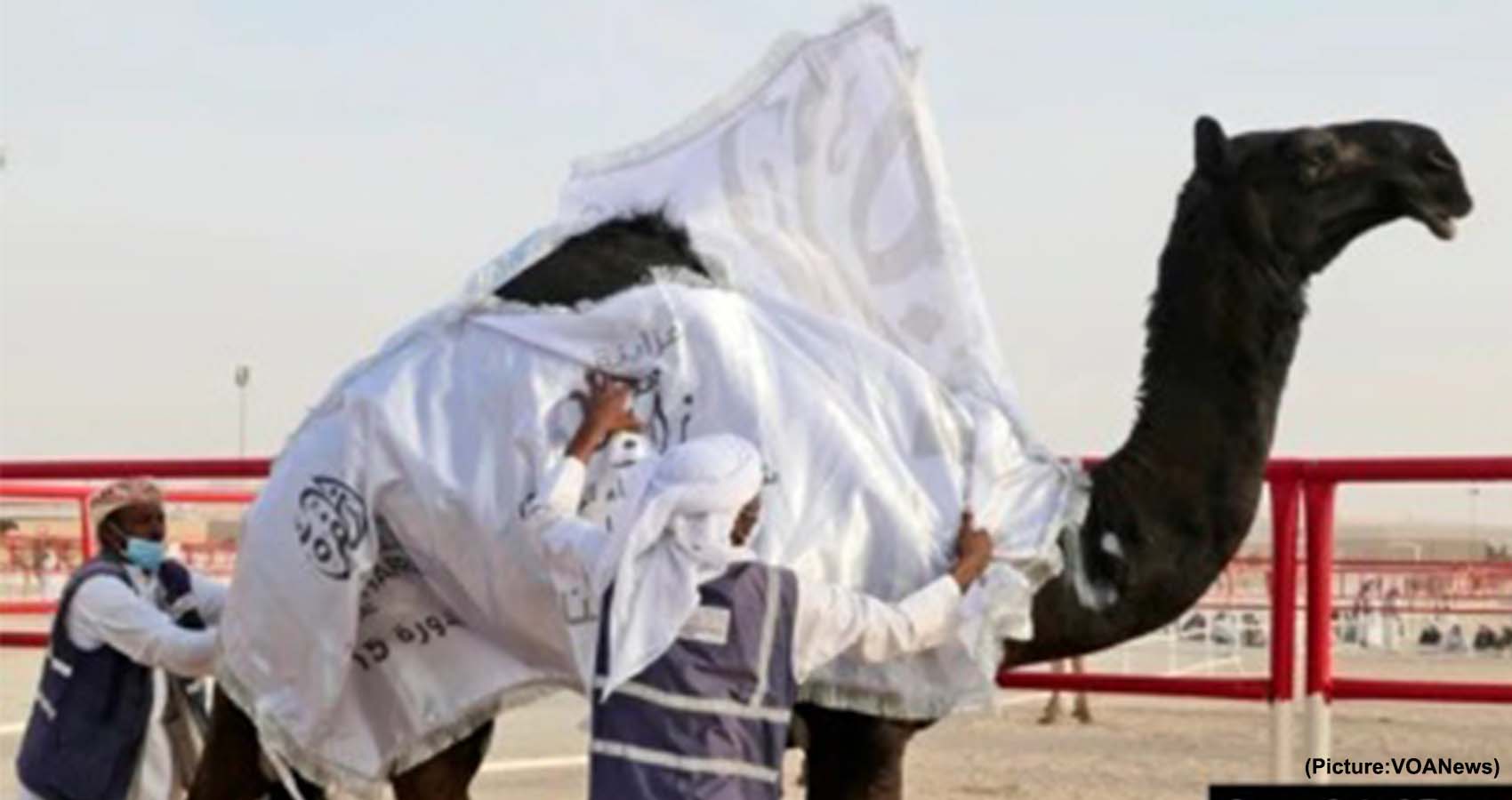
 As hundreds of woolly black camels trotted through the dusty pastures, necks and humps bobbing, one of the organizers, Mohammed al-Muhari, outlined the platonic ideal.
As hundreds of woolly black camels trotted through the dusty pastures, necks and humps bobbing, one of the organizers, Mohammed al-Muhari, outlined the platonic ideal.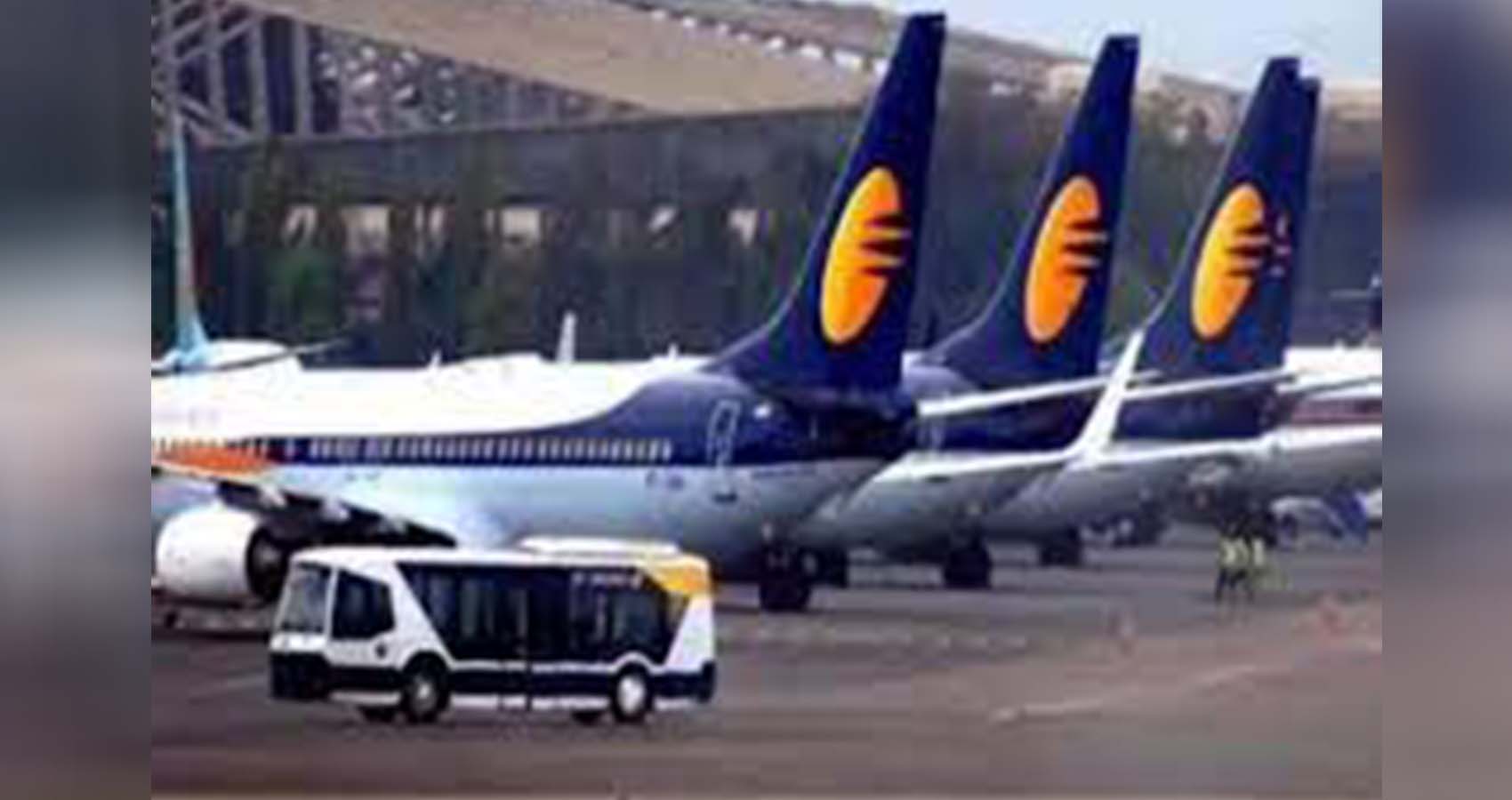
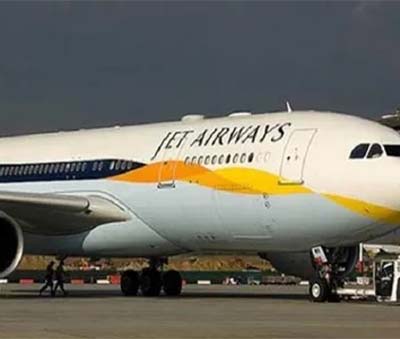 “The reaction that we saw of the Jet Airways brand coming back was motivation in itself,” 37-year old Jalan, who’s leading the consortium’s airline venture, said from the old offices of Jet Airways just outside of New Delhi on Wednesday evening. “That’s exactly why Jet is coming back; to serve the loyal fan base, to serve the people who miss Jet.”
“The reaction that we saw of the Jet Airways brand coming back was motivation in itself,” 37-year old Jalan, who’s leading the consortium’s airline venture, said from the old offices of Jet Airways just outside of New Delhi on Wednesday evening. “That’s exactly why Jet is coming back; to serve the loyal fan base, to serve the people who miss Jet.”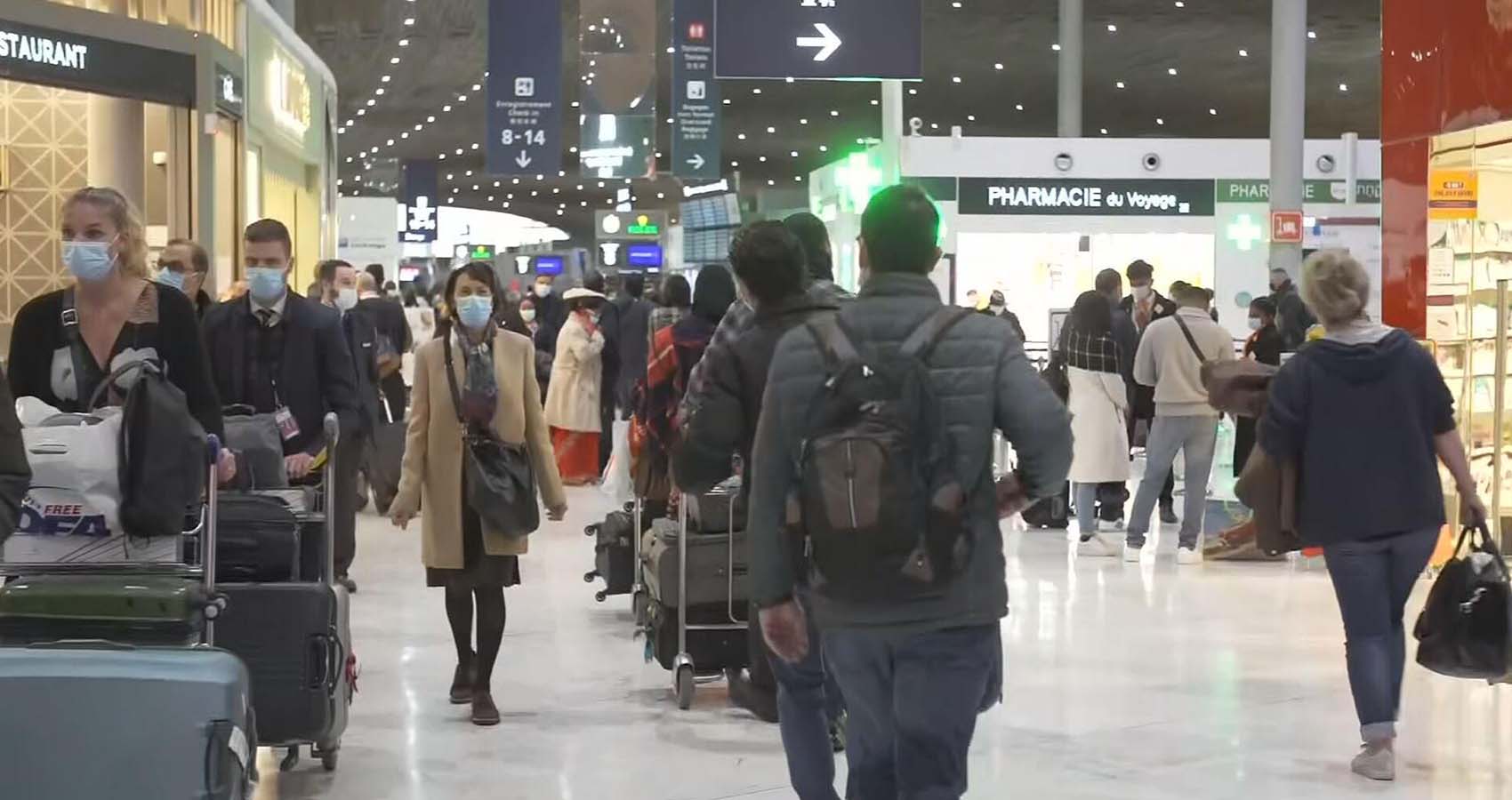
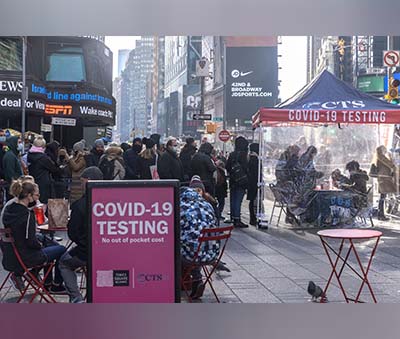 That travel ban does not apply to U.S. citizens and permanent residents, and it’s possible the ban could be lifted soon.
That travel ban does not apply to U.S. citizens and permanent residents, and it’s possible the ban could be lifted soon.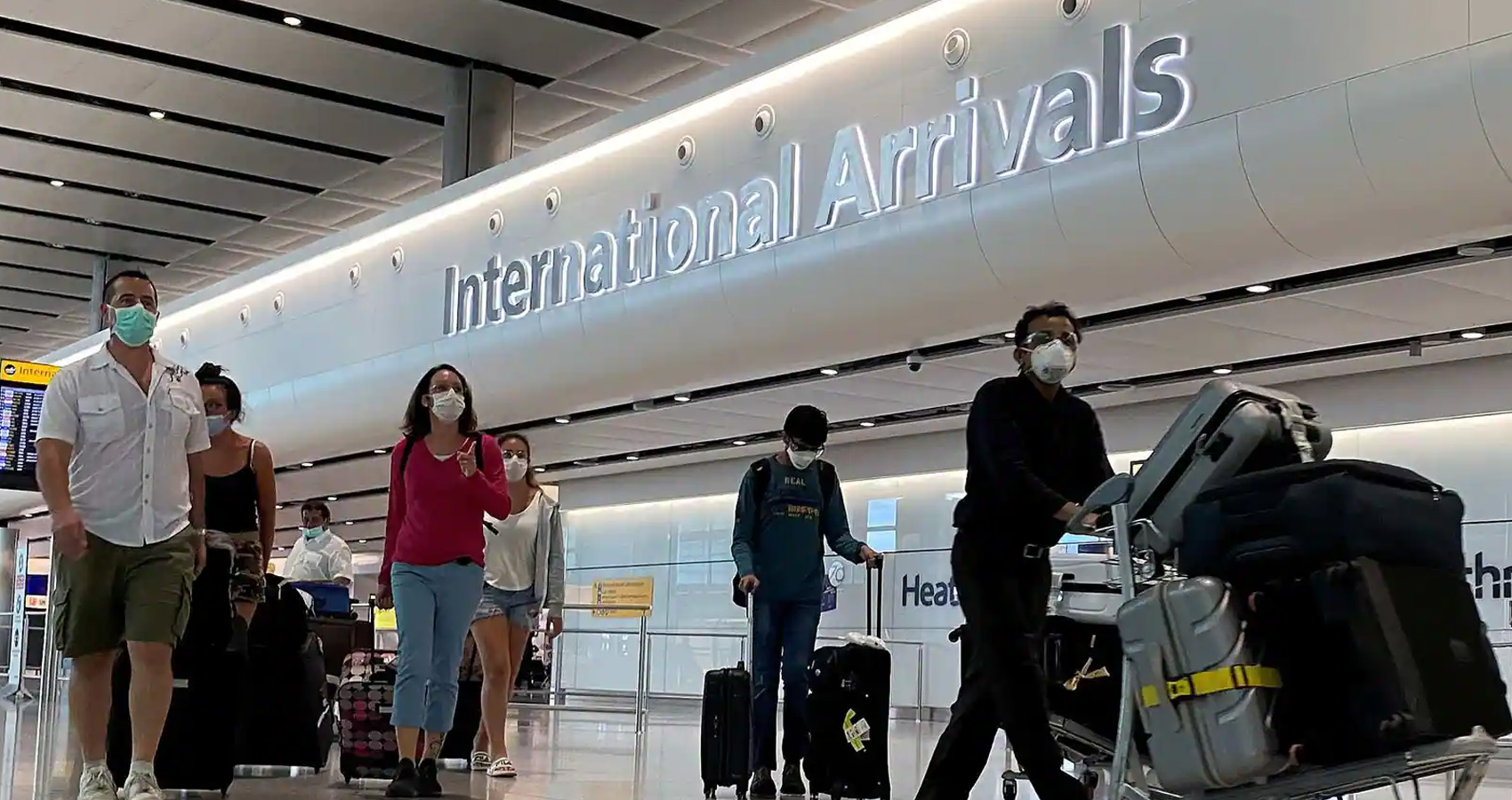
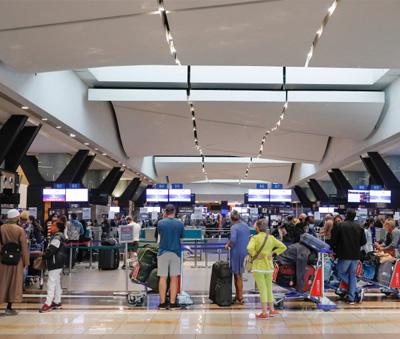 “On arrival, the passengers found to be symptomatic during screening shall be immediately isolated and taken to medical facility as per health protocol. If tested positive, their contacts shall be identified and managed as per laid down protocol,” said the updated guidelines.
“On arrival, the passengers found to be symptomatic during screening shall be immediately isolated and taken to medical facility as per health protocol. If tested positive, their contacts shall be identified and managed as per laid down protocol,” said the updated guidelines.
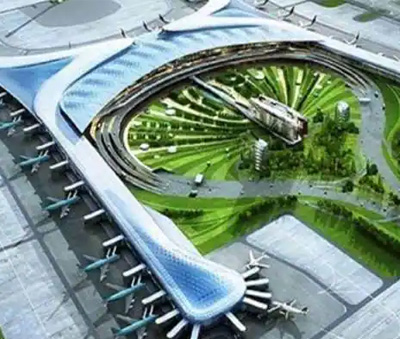 Speaking on the occasion of the foundation laying stone ceremony of Noida International Airport here, PM Modi said, “Tourism of land-locked states like Uttar Pradesh will greatly benefit from the Noida International Airport. Now, pilgrims will be able to easily travel to temples and shrines in Uttar Pradesh.”
Speaking on the occasion of the foundation laying stone ceremony of Noida International Airport here, PM Modi said, “Tourism of land-locked states like Uttar Pradesh will greatly benefit from the Noida International Airport. Now, pilgrims will be able to easily travel to temples and shrines in Uttar Pradesh.”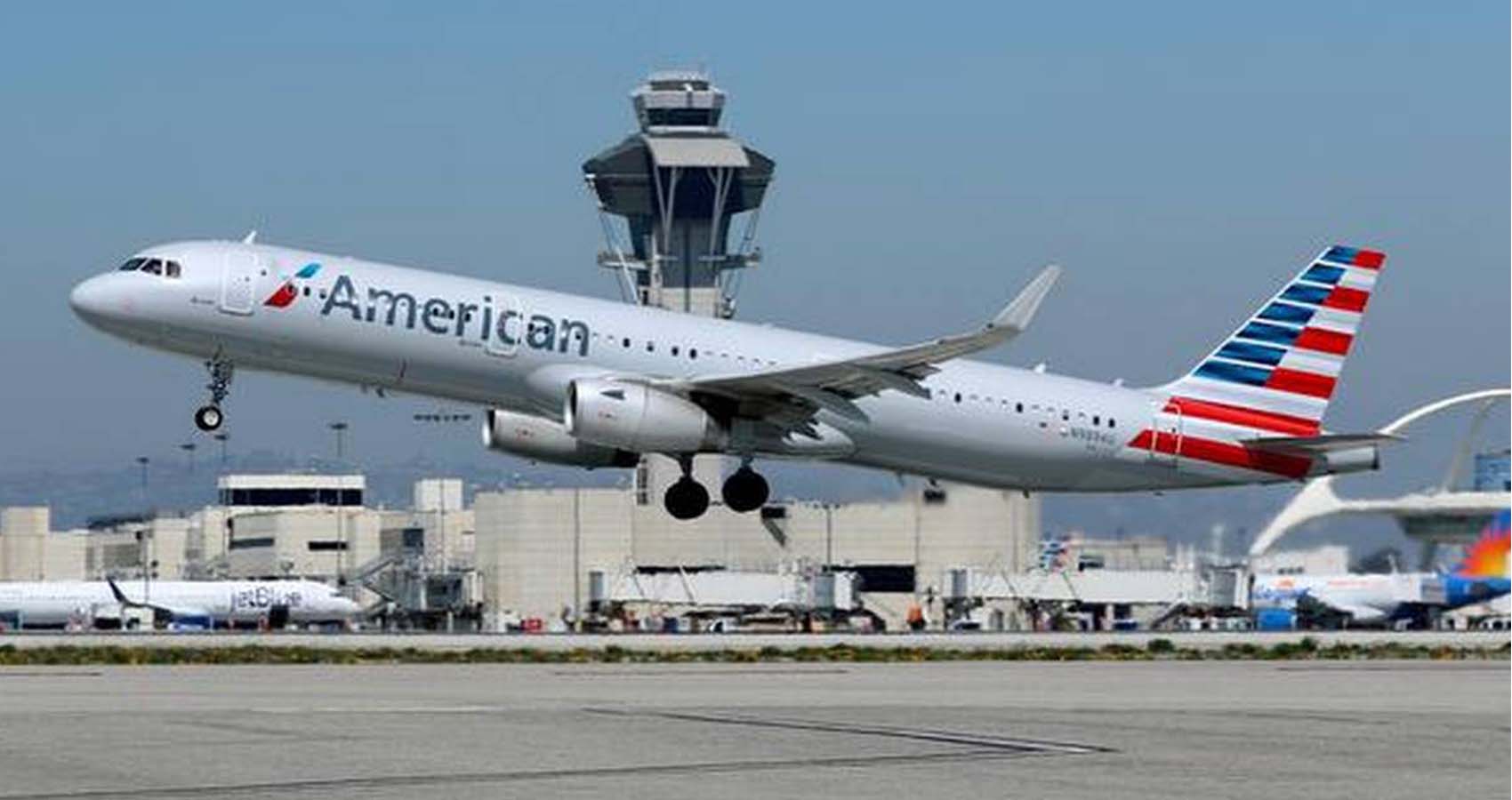
 Also, American Airlines’ Bengaluru-Seattle that was supposed to start from January 4, 2022, stands deferred to March-end as corporate travel is yet to pick up and expected to revive till then. The Airline suspended its India flights in 2012 when it terminated its Chicago-New Delhi flight which it started in 2007.
Also, American Airlines’ Bengaluru-Seattle that was supposed to start from January 4, 2022, stands deferred to March-end as corporate travel is yet to pick up and expected to revive till then. The Airline suspended its India flights in 2012 when it terminated its Chicago-New Delhi flight which it started in 2007.
 The United States is largely wide open, although there are some state and local restrictions that still apply. For example, there are mask mandates in Hawaii, Illinois, New Mexico, Nevada, Oregon and Washington. Washington, DC and Puerto Rico also require masks in indoor public spaces.
The United States is largely wide open, although there are some state and local restrictions that still apply. For example, there are mask mandates in Hawaii, Illinois, New Mexico, Nevada, Oregon and Washington. Washington, DC and Puerto Rico also require masks in indoor public spaces.
 Starting on November 8, non-citizen, non-immigrant air travelers to the United States will be required to be fully vaccinated and to provide proof of COVID-19 vaccination status prior to boarding an airplane to fly to the U.S., with only limited exceptions. The updated travel guidelines also include new protocols around testing. To further strengthen protections, unvaccinated travelers – whether U.S. Citizens, lawful permanent residents (LPRs), or the small number of excepted unvaccinated foreign nationals – will now need to test within one day of departure.
Starting on November 8, non-citizen, non-immigrant air travelers to the United States will be required to be fully vaccinated and to provide proof of COVID-19 vaccination status prior to boarding an airplane to fly to the U.S., with only limited exceptions. The updated travel guidelines also include new protocols around testing. To further strengthen protections, unvaccinated travelers – whether U.S. Citizens, lawful permanent residents (LPRs), or the small number of excepted unvaccinated foreign nationals – will now need to test within one day of departure.
 AAHOA is working with the administration to promote vaccine awareness in the hospitality industry and called for new measures to restart international travel safely earlier this year. “This is a big win for our Members, families, business, and tourism industries, especially those living in Texas and in the states bordering Canada,” said AAHOA President & CEO Ken Greene. “Cross-border operations were halted at the start of the pandemic, and AAHOA pressed the administration on the financial toll the travel ban took on small businesses.”
AAHOA is working with the administration to promote vaccine awareness in the hospitality industry and called for new measures to restart international travel safely earlier this year. “This is a big win for our Members, families, business, and tourism industries, especially those living in Texas and in the states bordering Canada,” said AAHOA President & CEO Ken Greene. “Cross-border operations were halted at the start of the pandemic, and AAHOA pressed the administration on the financial toll the travel ban took on small businesses.”

 Sure enough, both Wages’s and her partner’s passports had expired during the
Sure enough, both Wages’s and her partner’s passports had expired during the 
 That means travelers looking to enter the country, whether it’s to reunite with family and friends or as a tourist, will be able to do so again for the first time since the start of the pandemic in March 2020. The policy will start November 8, “in alignment with the new international air travel system,” Secretary of Homeland Security Alejandro Mayorkas said in
That means travelers looking to enter the country, whether it’s to reunite with family and friends or as a tourist, will be able to do so again for the first time since the start of the pandemic in March 2020. The policy will start November 8, “in alignment with the new international air travel system,” Secretary of Homeland Security Alejandro Mayorkas said in 
 The move comes a year and a half after grant of tourist visas was suspended in the wake of Covid pandemic. The ministry said in a statement that the decision was taken following consultations with stakeholders like the Ministry of Health & Family Welfare, Ministry of External Affairs, Ministry of Civil Aviation, Ministry of Tourism and state governments.
The move comes a year and a half after grant of tourist visas was suspended in the wake of Covid pandemic. The ministry said in a statement that the decision was taken following consultations with stakeholders like the Ministry of Health & Family Welfare, Ministry of External Affairs, Ministry of Civil Aviation, Ministry of Tourism and state governments.
 The United Kingdom is easing its travel restrictions starting from October 11 allowing travellers from more countries to enter the UK. Indians were already allowed to travel to the UK but what changes from October 11 is that those who are vaccinated with both doses of Covishield will not require to undergo 10-day mandatory quarantine in the UK.
The United Kingdom is easing its travel restrictions starting from October 11 allowing travellers from more countries to enter the UK. Indians were already allowed to travel to the UK but what changes from October 11 is that those who are vaccinated with both doses of Covishield will not require to undergo 10-day mandatory quarantine in the UK.
 Tata Group and SpiceJet chairman
Tata Group and SpiceJet chairman 
 In India, the climb recommenced in June after a huge drop in April-May during the second Covid wave, which made India’s domestic air travel demand take the deepest plunge worldwide. Domestic air travel demand (measured in revenue passenger kilometres: number of kilometres flown by all passengers) was the lowest in May. It fell 71% as compared to the pre-Covid month of May 2019, showed IATA data. Only Japan with a 68.5% drop in demand as compared to May 2019 came close. But India caught up in August: its domestic travel demand rose to almost half of that in pre-Covid August 2019. It had been down 60% in July.
In India, the climb recommenced in June after a huge drop in April-May during the second Covid wave, which made India’s domestic air travel demand take the deepest plunge worldwide. Domestic air travel demand (measured in revenue passenger kilometres: number of kilometres flown by all passengers) was the lowest in May. It fell 71% as compared to the pre-Covid month of May 2019, showed IATA data. Only Japan with a 68.5% drop in demand as compared to May 2019 came close. But India caught up in August: its domestic travel demand rose to almost half of that in pre-Covid August 2019. It had been down 60% in July.

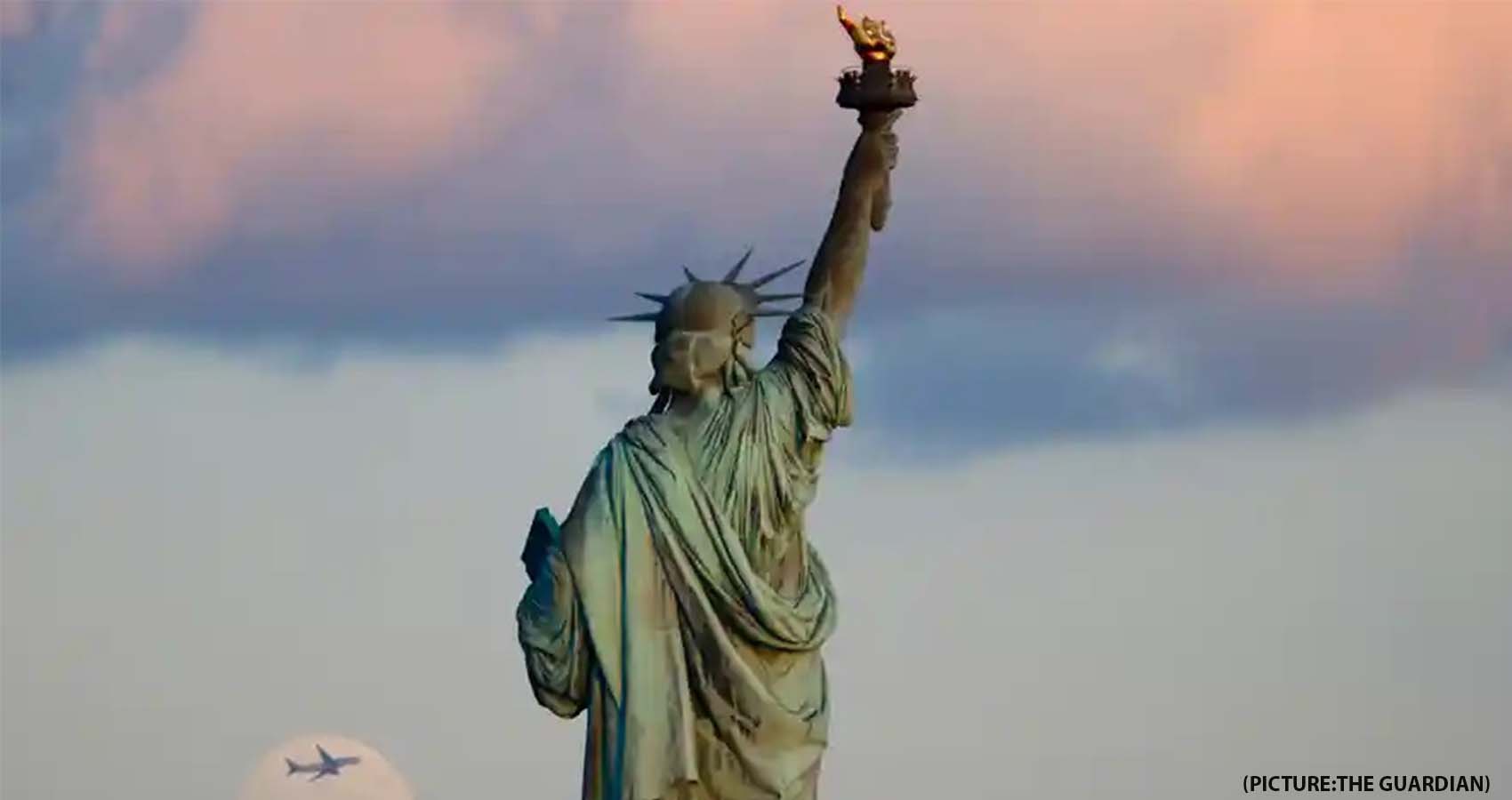
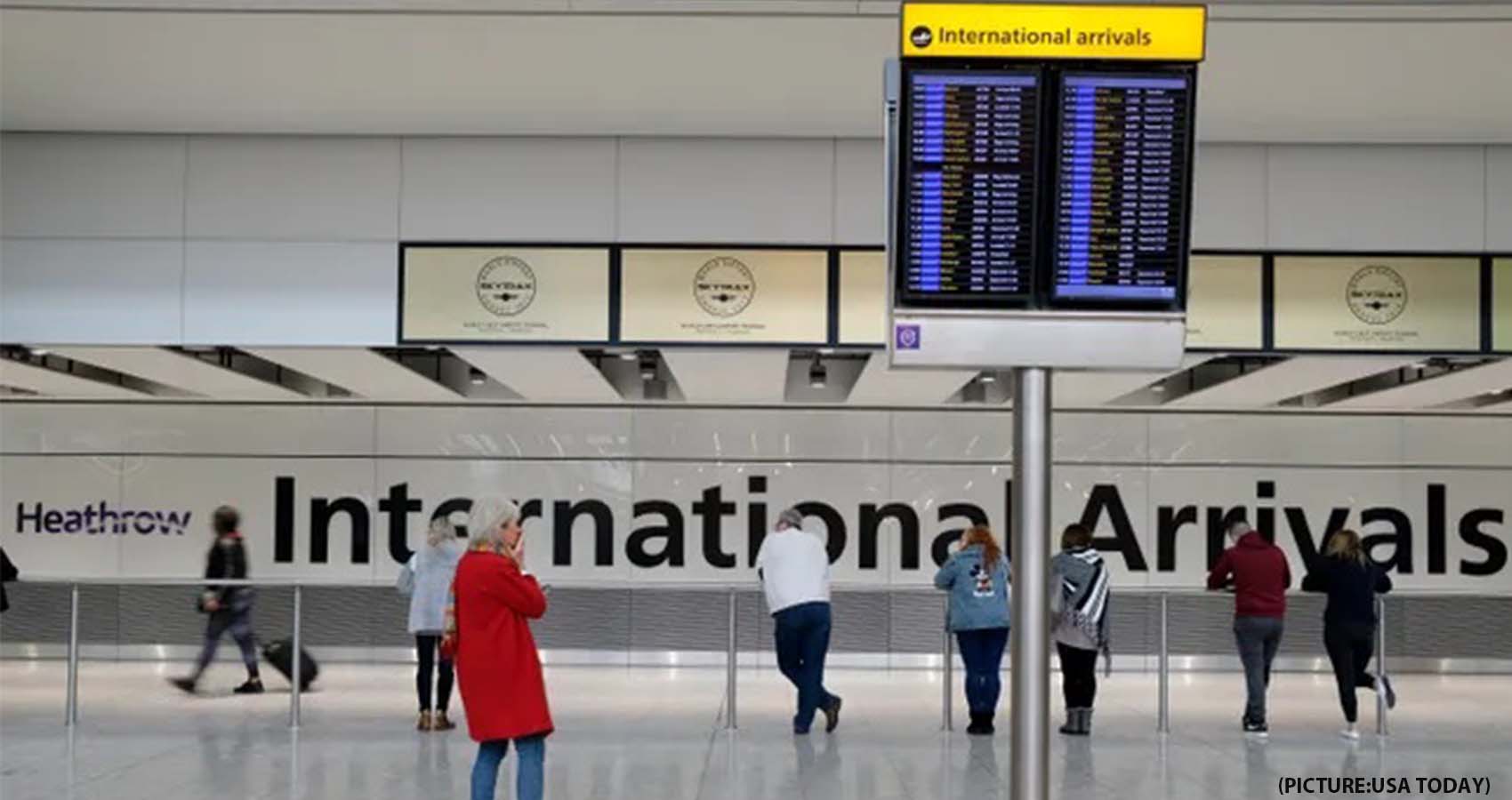
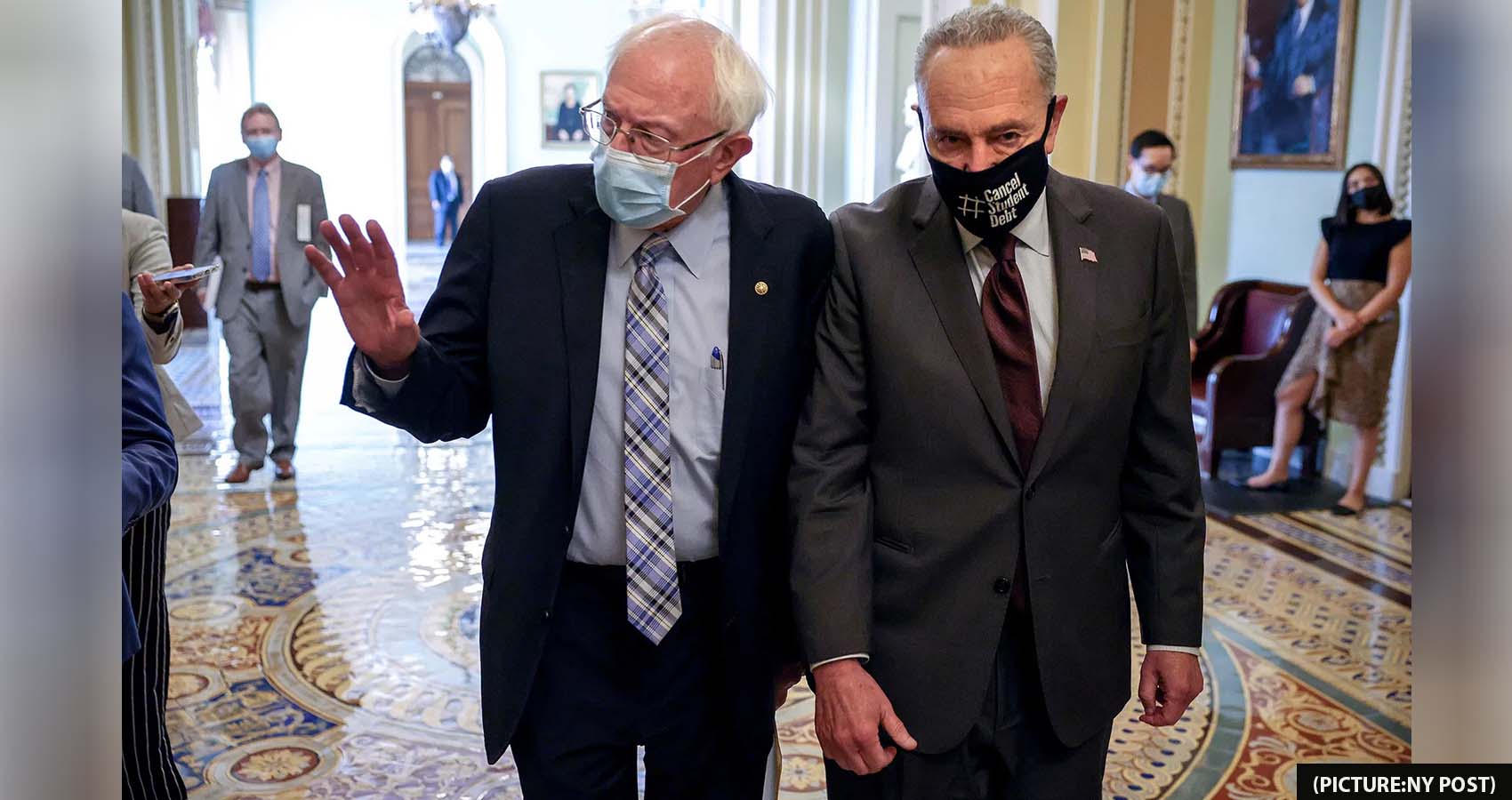
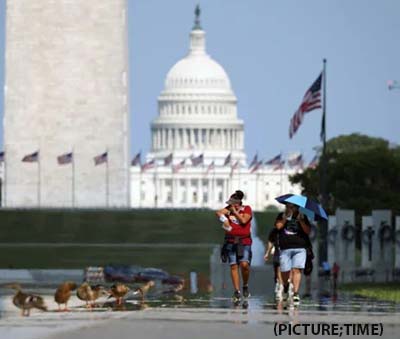 In other words, she said, lawmakers cannot squeeze giving eight million immigrants a pathway to legal citizenship into a legislative
In other words, she said, lawmakers cannot squeeze giving eight million immigrants a pathway to legal citizenship into a legislative 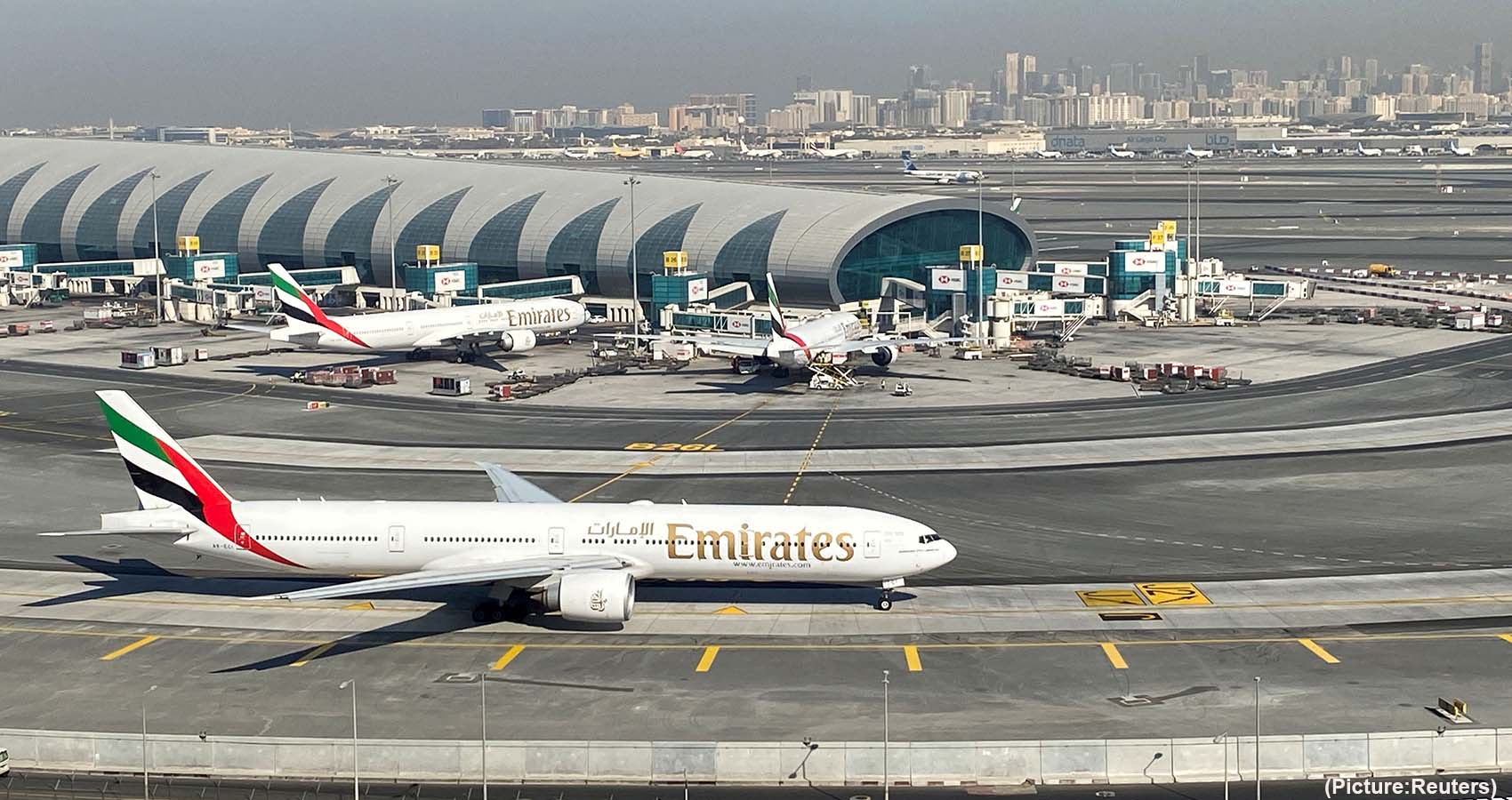

 The restriction does not apply to international cargo operations. Exceptions are also made to international flights under travel bubble agreements or flights approved by the DGCA. India currently has travel bubble agreements with 28 countries, the Indian Civil Aviation Ministry website indicates. The DGCA also said that scheduled international flights might be allowed on selected routes on a case-to-case basis. Commercial international flights have remained suspended since March 23, 2020, to check the spread of the Covid-19 infection. The Indian government had initially imposed international travel restrictions in March 2020, which have since been prolonged by almost 18 months Special international flights were also operating under the ‘Vande Bharat Mission’ since May 2020 to bring home thousands of Indian nationals stranded abroad due to the
The restriction does not apply to international cargo operations. Exceptions are also made to international flights under travel bubble agreements or flights approved by the DGCA. India currently has travel bubble agreements with 28 countries, the Indian Civil Aviation Ministry website indicates. The DGCA also said that scheduled international flights might be allowed on selected routes on a case-to-case basis. Commercial international flights have remained suspended since March 23, 2020, to check the spread of the Covid-19 infection. The Indian government had initially imposed international travel restrictions in March 2020, which have since been prolonged by almost 18 months Special international flights were also operating under the ‘Vande Bharat Mission’ since May 2020 to bring home thousands of Indian nationals stranded abroad due to the 
 The objective of the event is to promote Ladakh as a tourist destination with focus on aspects of adventure, culture and responsible tourism. The event aims to provide indigenous product knowledge to the industry stakeholders and also a platform to local stakeholders for interaction with the tour operators from the rest of the country. The three-day event will include activities like exhibition, panel discussions, B2B meetings, technical tours and cultural evenings to showcase the tourism facilities and products of Ladakh.
The objective of the event is to promote Ladakh as a tourist destination with focus on aspects of adventure, culture and responsible tourism. The event aims to provide indigenous product knowledge to the industry stakeholders and also a platform to local stakeholders for interaction with the tour operators from the rest of the country. The three-day event will include activities like exhibition, panel discussions, B2B meetings, technical tours and cultural evenings to showcase the tourism facilities and products of Ladakh.
 Ladakh is well-known as a pristine and unique hub for culture and ecotourism. SEWA hosts in Ladakh will offer a unique and immersive experience in the ancient village of Phayang in Leh Ladakh. These hosts will also be leading the way on energy efficiency and responsible resource use through accommodations with amenities such as newly installed solar lights. Women make up a significant portion of Airbnb’s Host community in India. As of August 11 this year, new women Hosts in India with one listing have earned almost Rs 30 million since the start of the pandemic and women make up almost 30 per cent of our entire Indian Host community. Through home sharing, women hosts are able to significantly augment their earnings and some women entrepreneurs have embraced being home hosts full-time.
Ladakh is well-known as a pristine and unique hub for culture and ecotourism. SEWA hosts in Ladakh will offer a unique and immersive experience in the ancient village of Phayang in Leh Ladakh. These hosts will also be leading the way on energy efficiency and responsible resource use through accommodations with amenities such as newly installed solar lights. Women make up a significant portion of Airbnb’s Host community in India. As of August 11 this year, new women Hosts in India with one listing have earned almost Rs 30 million since the start of the pandemic and women make up almost 30 per cent of our entire Indian Host community. Through home sharing, women hosts are able to significantly augment their earnings and some women entrepreneurs have embraced being home hosts full-time.

 “United continues on its trajectory to build a more innovative, sustainable airline and today’s advancements in technology are making it more viable to include supersonic planes,” said United CEO Scott Kirby. “Boom’s vision for the future of commercial aviation, combined with the industry’s most robust route network in the world, will give business and leisure travelers access to a stellar flight experience.” The announcement is not the first of an intended partnership between a supersonic firm and a large aviation company.
“United continues on its trajectory to build a more innovative, sustainable airline and today’s advancements in technology are making it more viable to include supersonic planes,” said United CEO Scott Kirby. “Boom’s vision for the future of commercial aviation, combined with the industry’s most robust route network in the world, will give business and leisure travelers access to a stellar flight experience.” The announcement is not the first of an intended partnership between a supersonic firm and a large aviation company.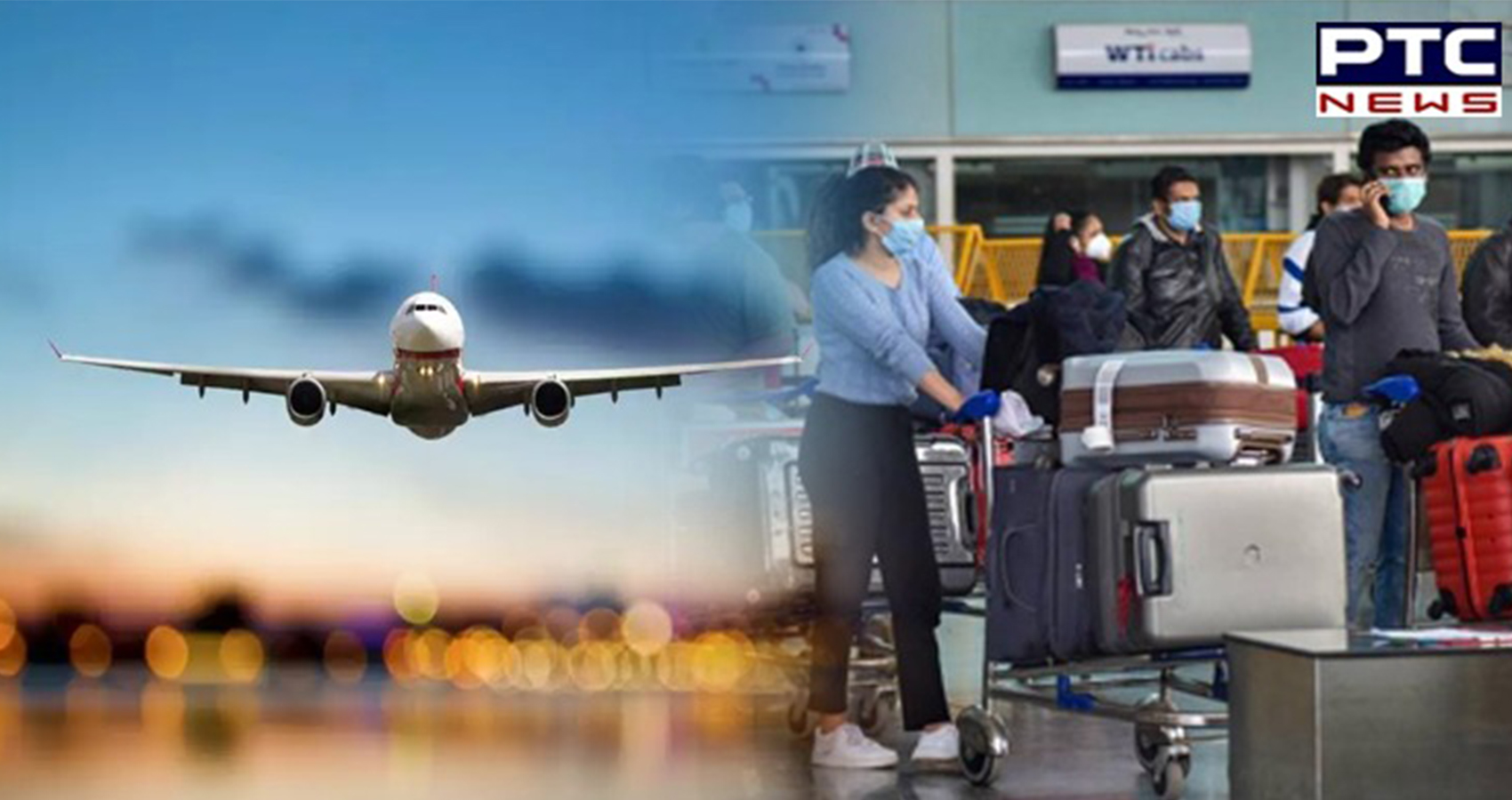
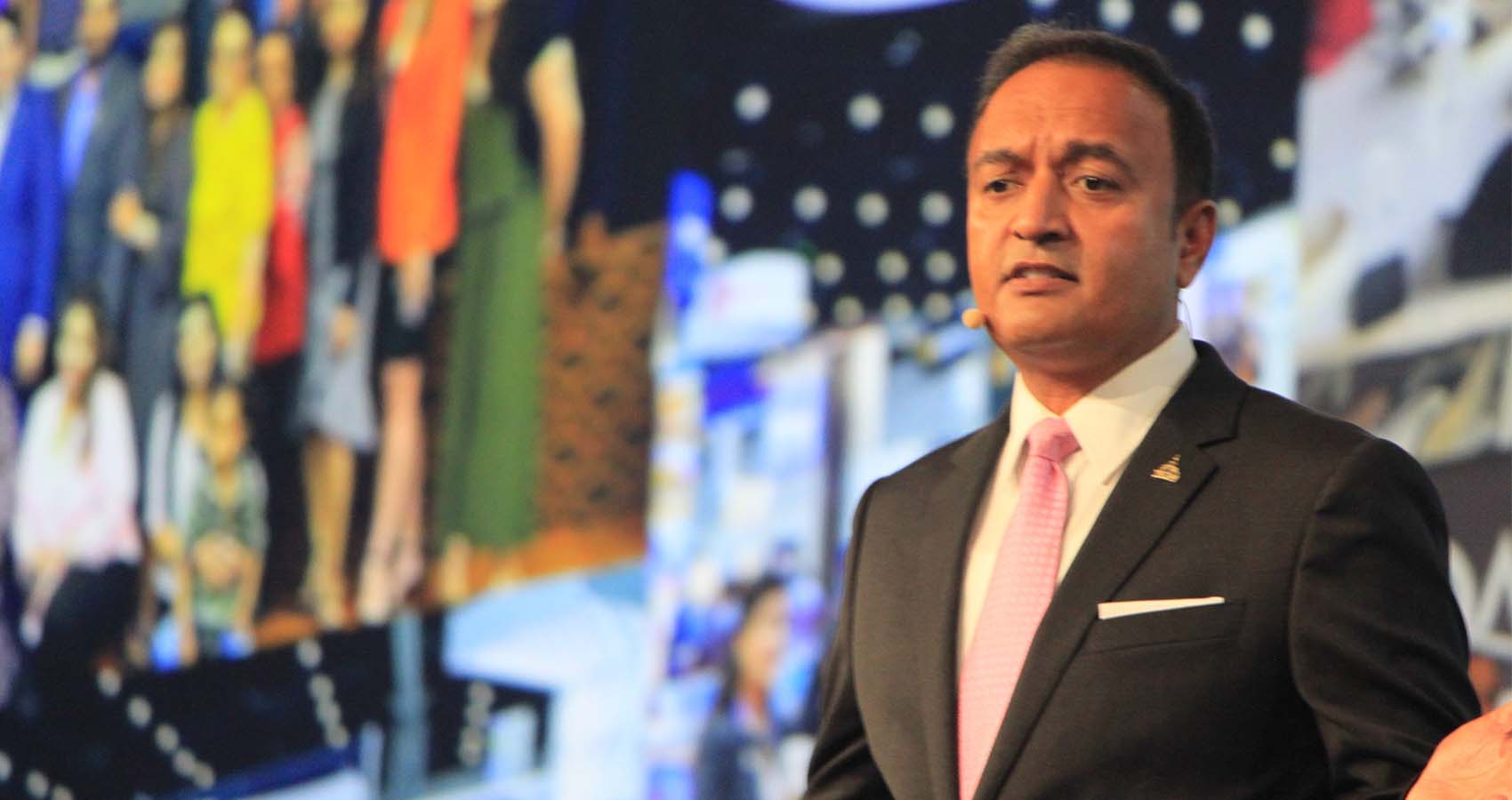
 Coming together as an industry is paramount to economic recovery, especially as new variants threaten to inhibit the reopening of America. I am confident that AAHOA’s enhanced advocacy and education efforts as well as the implementation of our new strategic plan will help our industry get back on track.” Patel plans to focus on elevating the association’s advocacy and engagement at the state and local level including coordinating political education efforts with the American Hospitality Alliance.
Coming together as an industry is paramount to economic recovery, especially as new variants threaten to inhibit the reopening of America. I am confident that AAHOA’s enhanced advocacy and education efforts as well as the implementation of our new strategic plan will help our industry get back on track.” Patel plans to focus on elevating the association’s advocacy and engagement at the state and local level including coordinating political education efforts with the American Hospitality Alliance.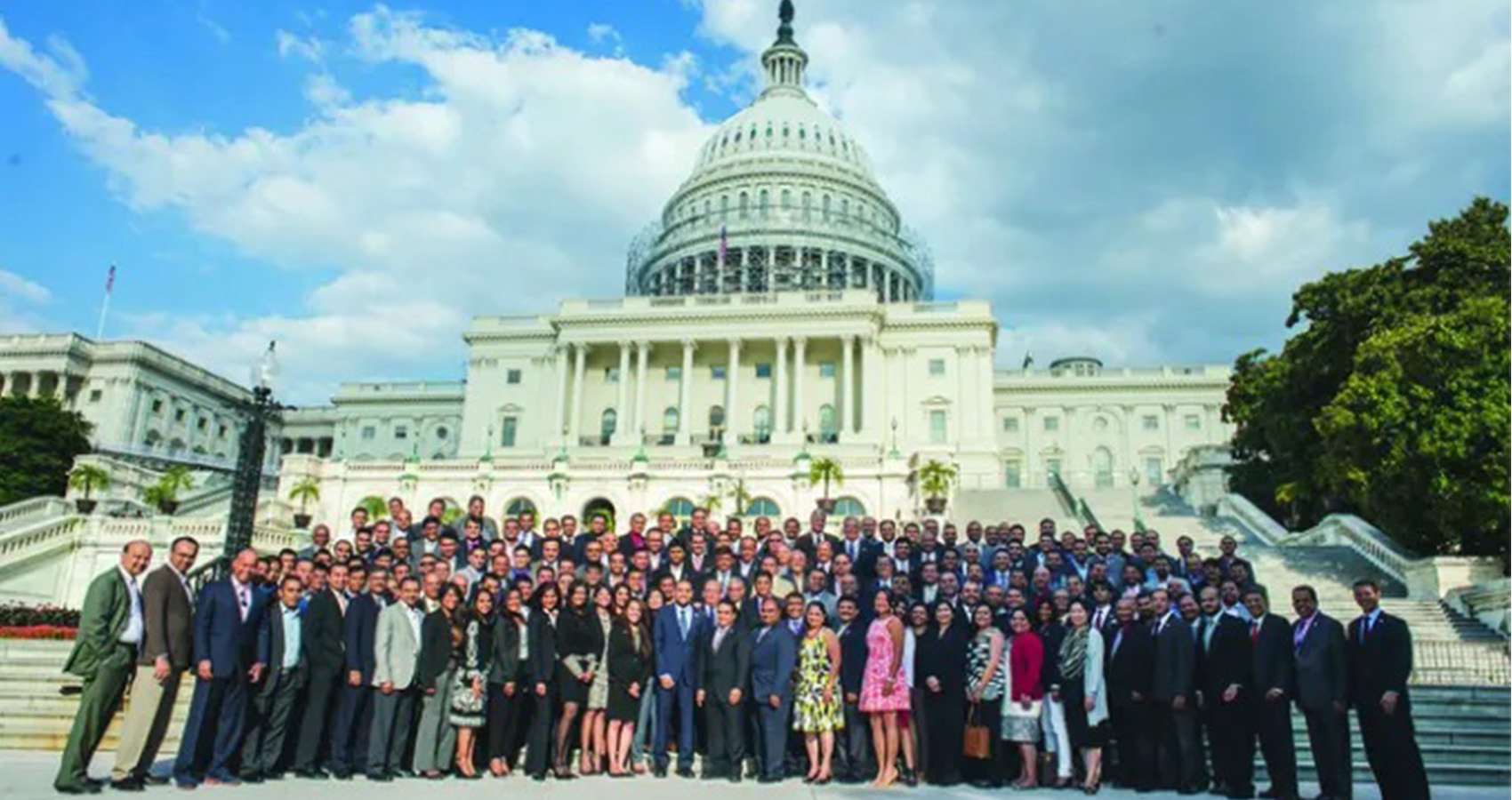
 In all Indian Americans own and operate 3.1 million guestrooms, and 2.2 million direct impact jobs. The study’s topline results were presented to AAHOA Members during the general session on the first day of the 2021 AAHOA Convention & Trade Show at the Kay Bailey Hutchison Convention Center Dallas on August 3rd.
In all Indian Americans own and operate 3.1 million guestrooms, and 2.2 million direct impact jobs. The study’s topline results were presented to AAHOA Members during the general session on the first day of the 2021 AAHOA Convention & Trade Show at the Kay Bailey Hutchison Convention Center Dallas on August 3rd. With the ownership of the majority hotel industry, the economic impact and industry influence of AAHOA’s nearly 20,000 Members, is very impressive. “This study gives us the clearest picture to date about the scale, reach, and economic impact that AAHOA Members have in the United States,” said AAHOA Chairman Biran Patel. “It is remarkable how far AAHOA Members have come since the association’s founding in 1989 when a small group of hoteliers banded together to fight discrimination. That commitment to helping hoteliers grow their businesses and realize the American Dream is reflected in the impressive numbers revealed today. We are proud of what our Members have accomplished and remain committed to being the foremost resource and advocate for America’s hotel owners.”
With the ownership of the majority hotel industry, the economic impact and industry influence of AAHOA’s nearly 20,000 Members, is very impressive. “This study gives us the clearest picture to date about the scale, reach, and economic impact that AAHOA Members have in the United States,” said AAHOA Chairman Biran Patel. “It is remarkable how far AAHOA Members have come since the association’s founding in 1989 when a small group of hoteliers banded together to fight discrimination. That commitment to helping hoteliers grow their businesses and realize the American Dream is reflected in the impressive numbers revealed today. We are proud of what our Members have accomplished and remain committed to being the foremost resource and advocate for America’s hotel owners.”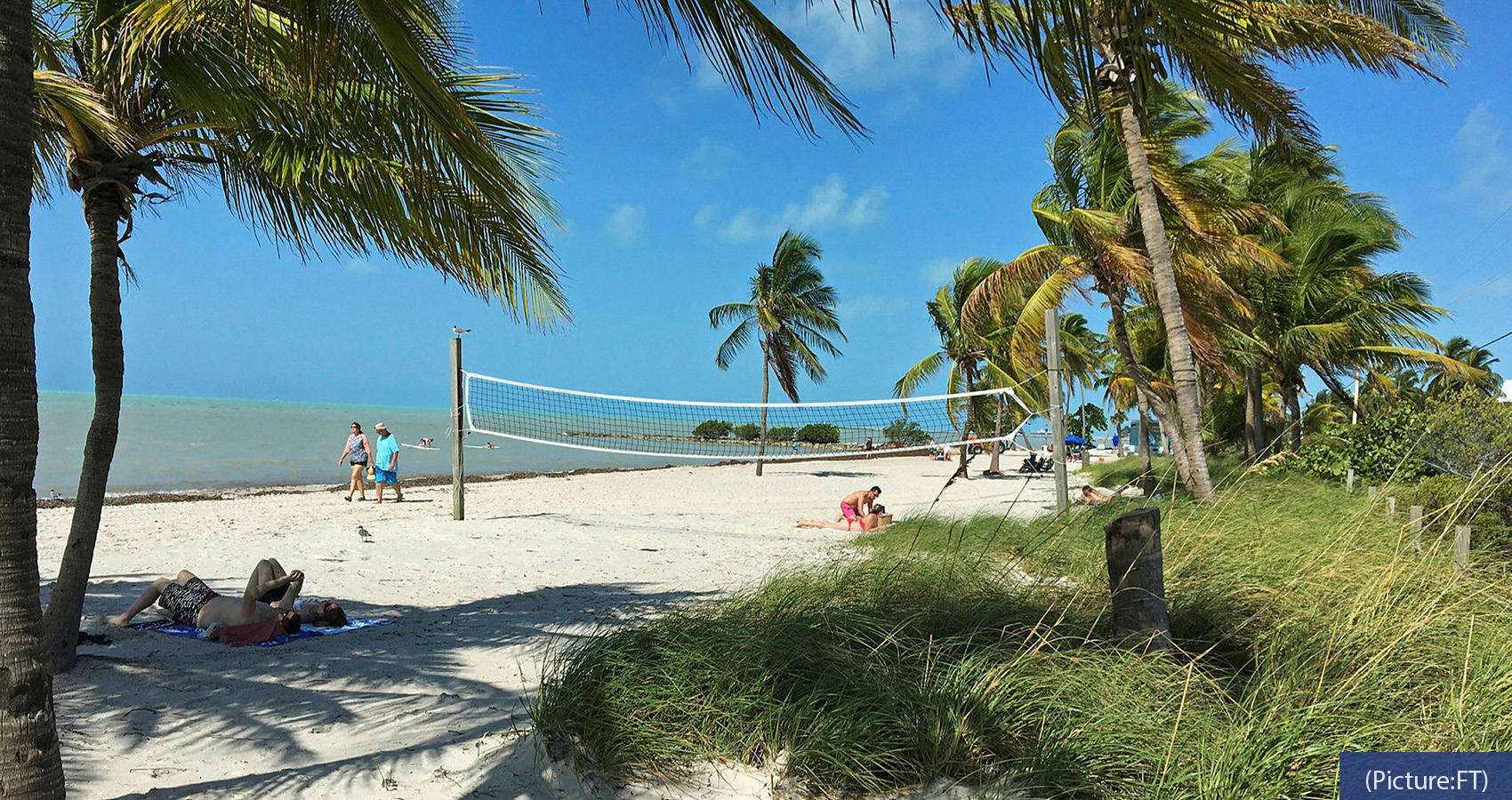

 “Ultimately we realized our case worker was not able to make anything happen,” Wages says. “We’d spent hours refreshing the page to get appointments, and nothing was becoming available. We decided there was no way [we could still go on the trip].”
“Ultimately we realized our case worker was not able to make anything happen,” Wages says. “We’d spent hours refreshing the page to get appointments, and nothing was becoming available. We decided there was no way [we could still go on the trip].”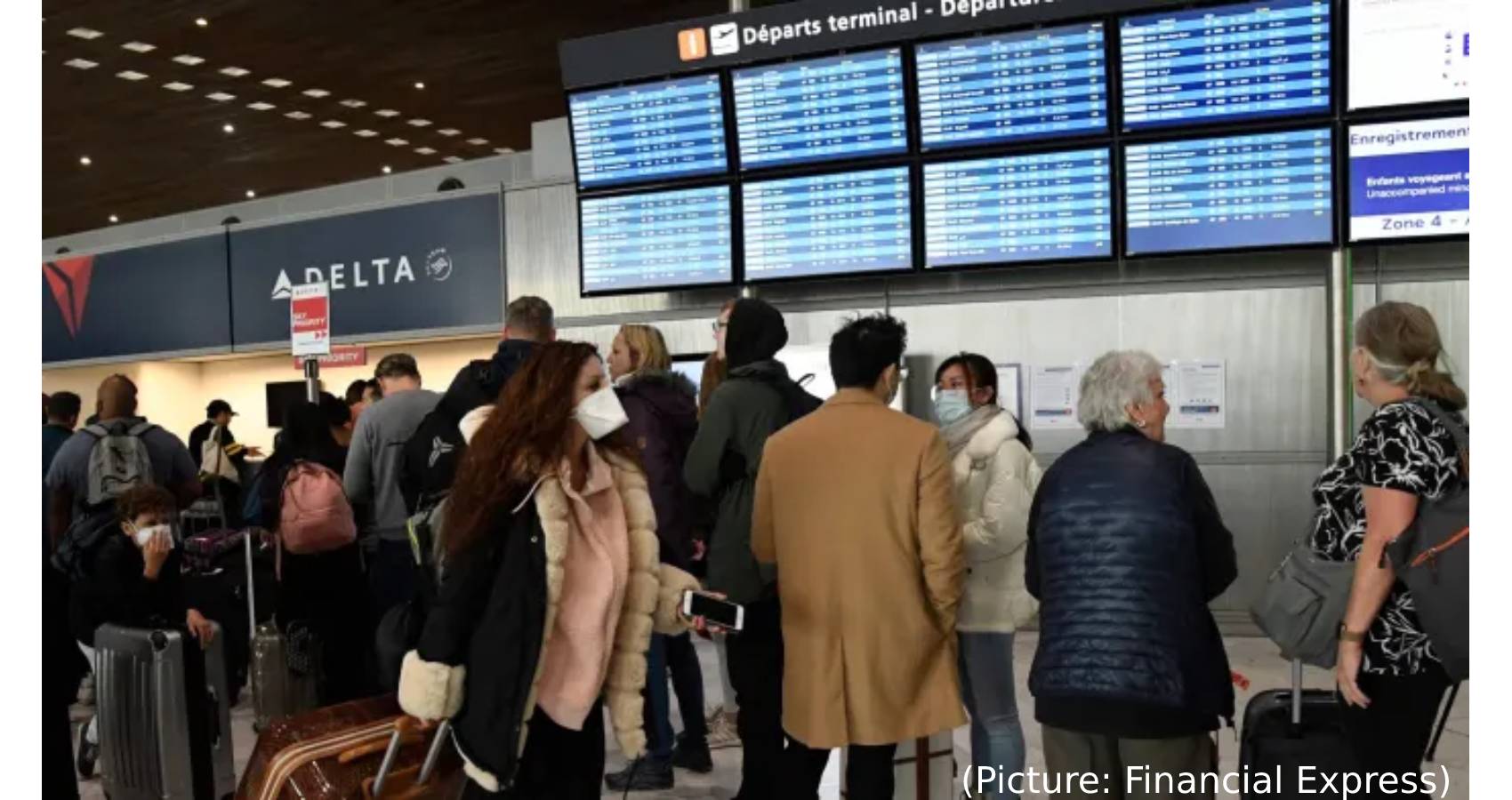

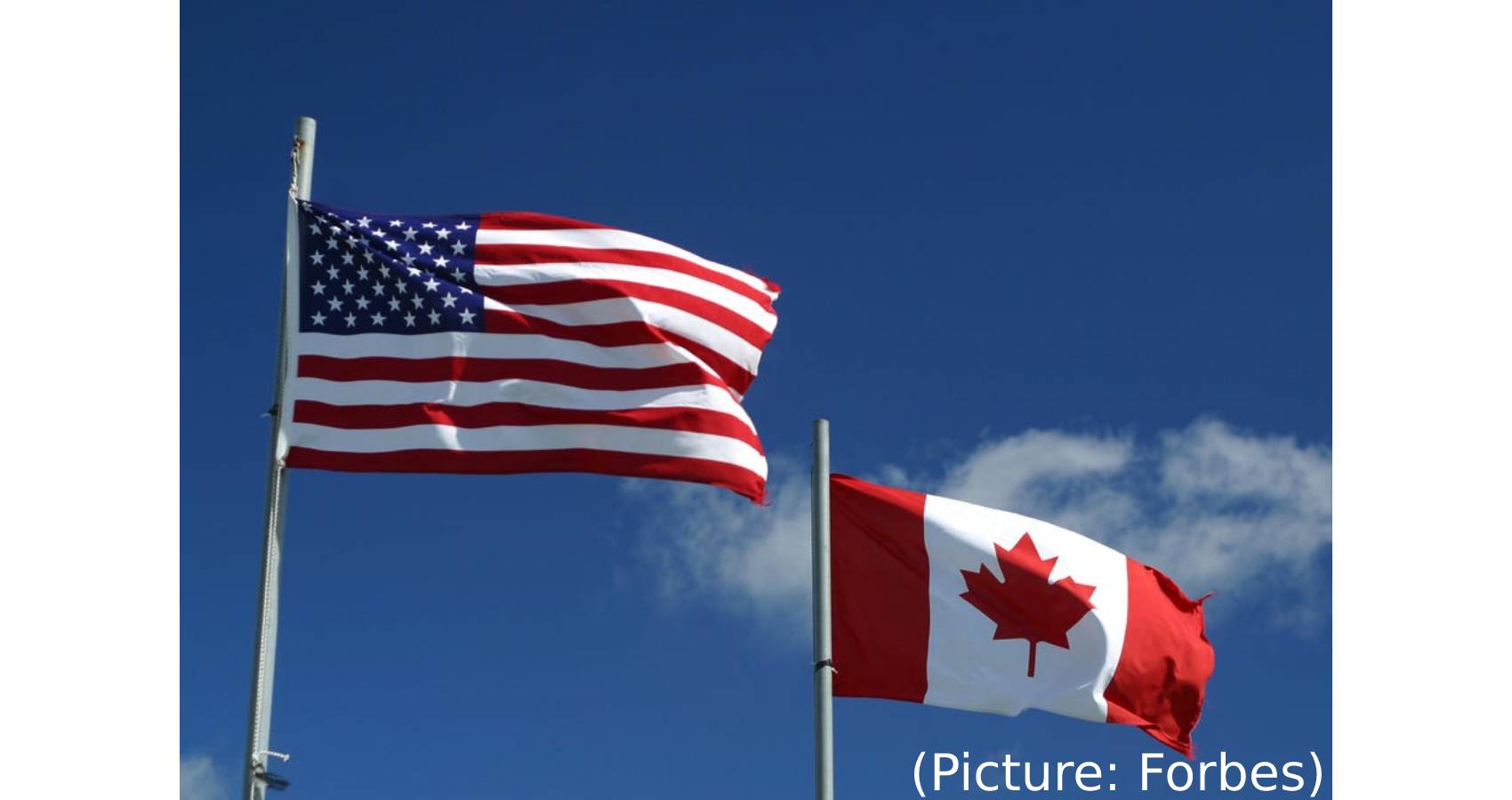
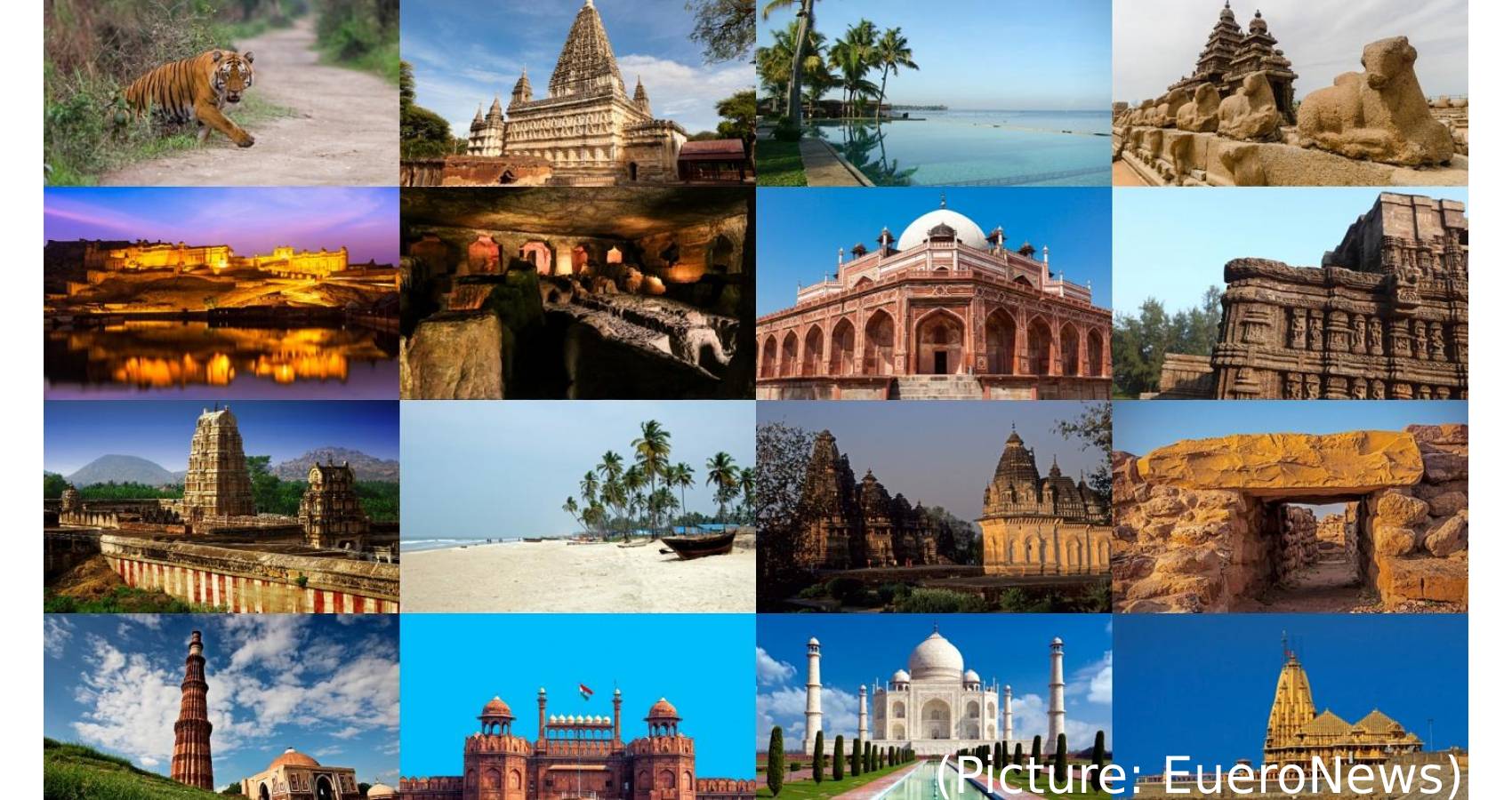
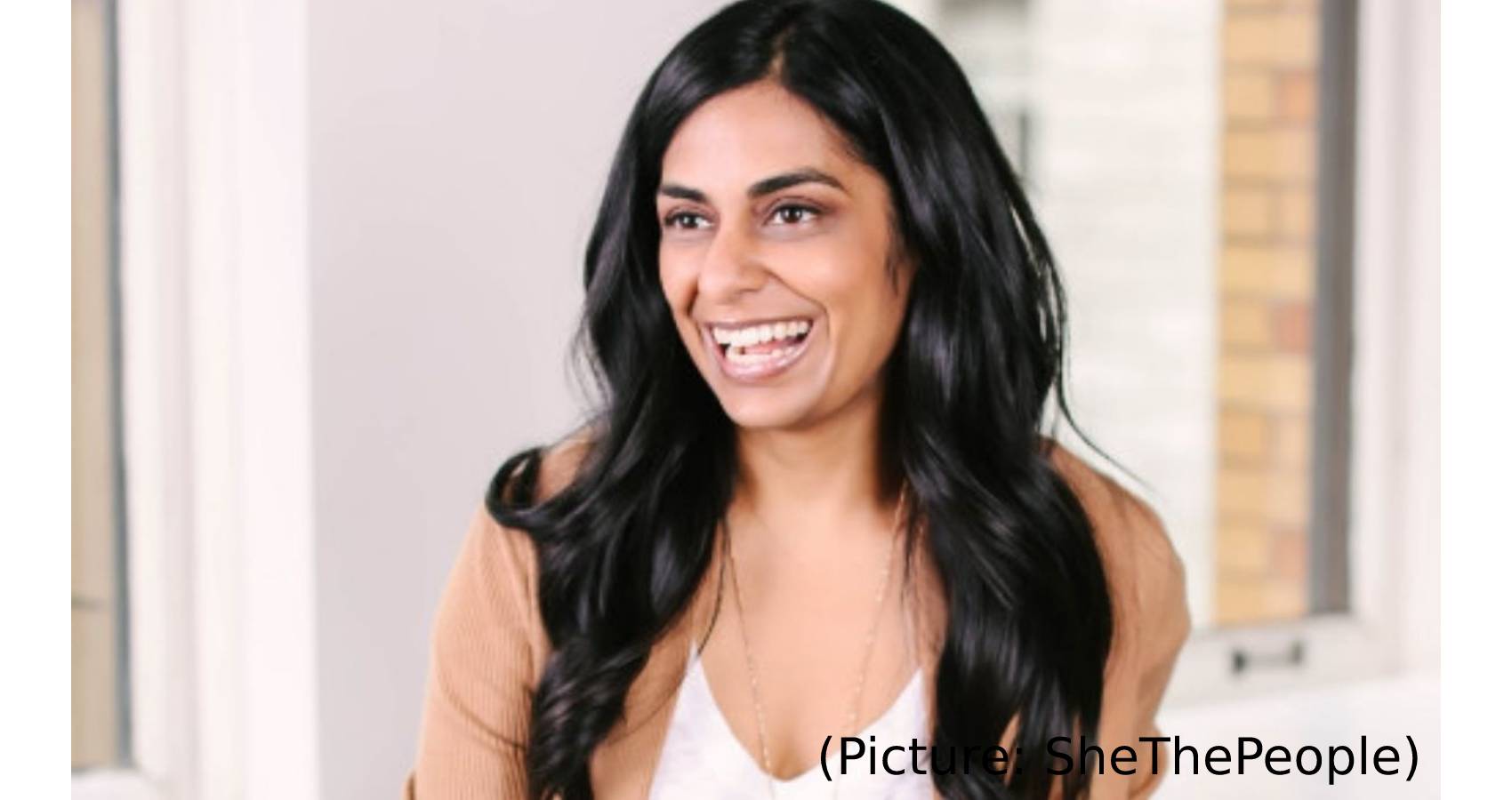








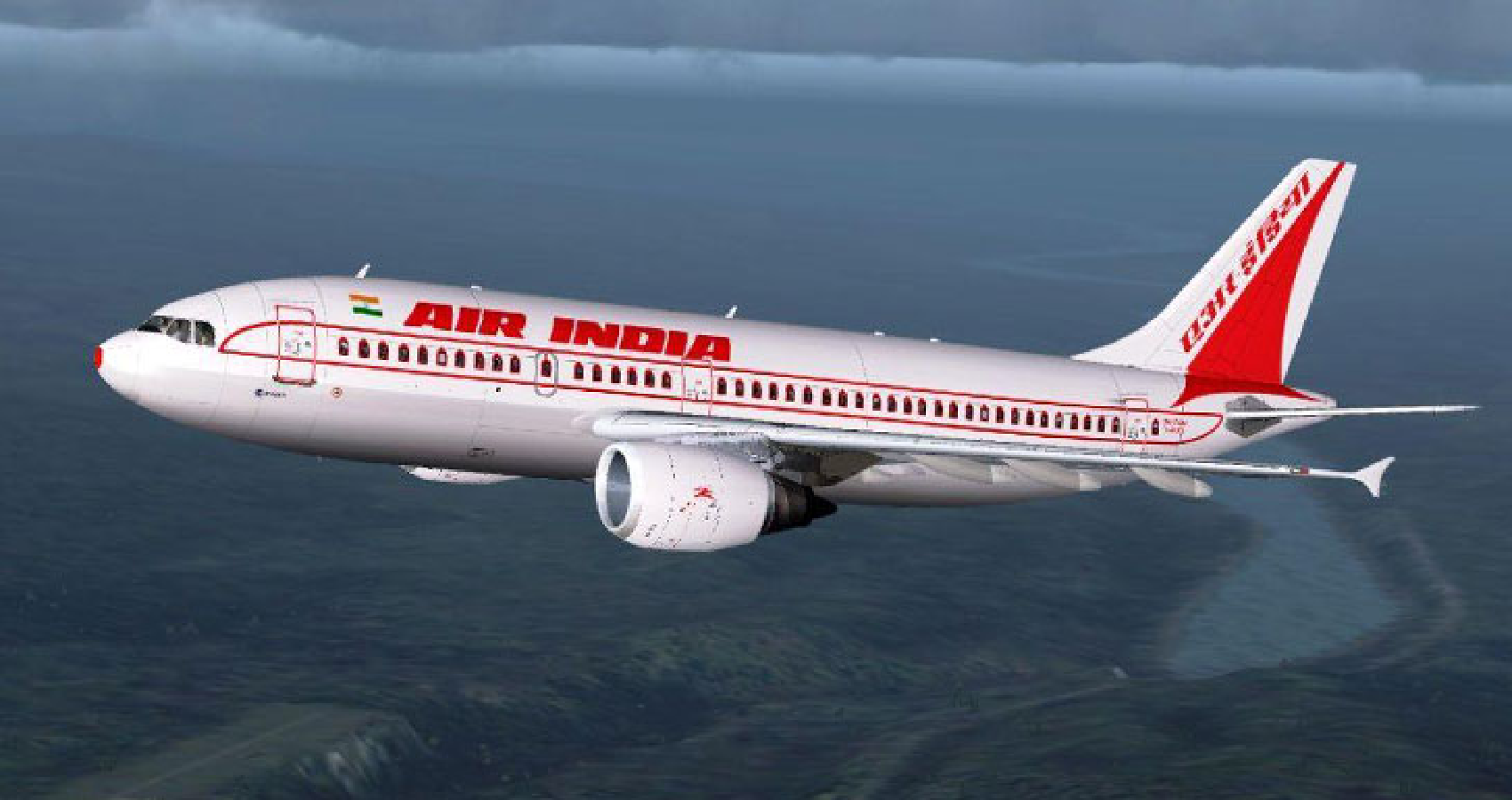
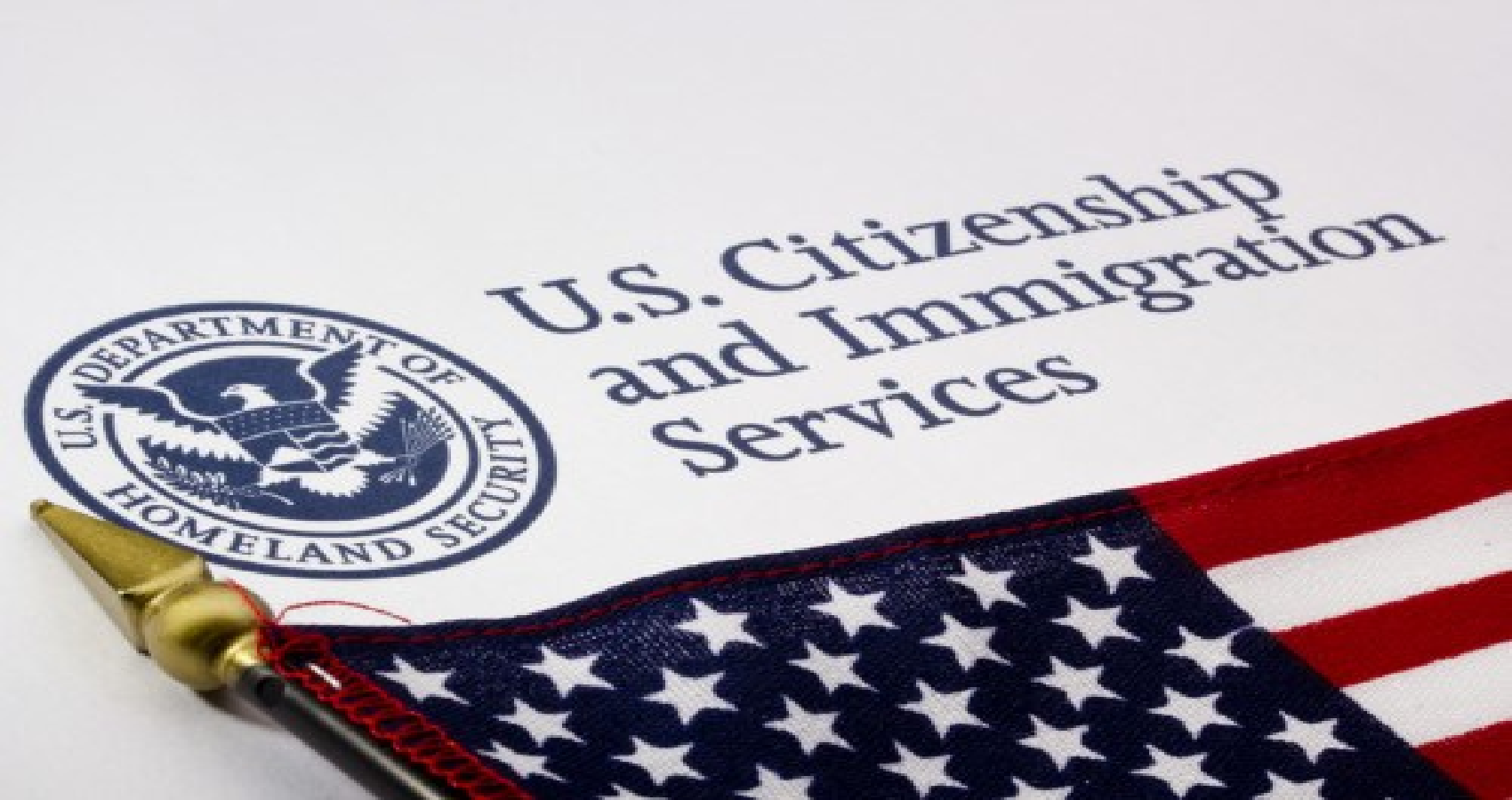
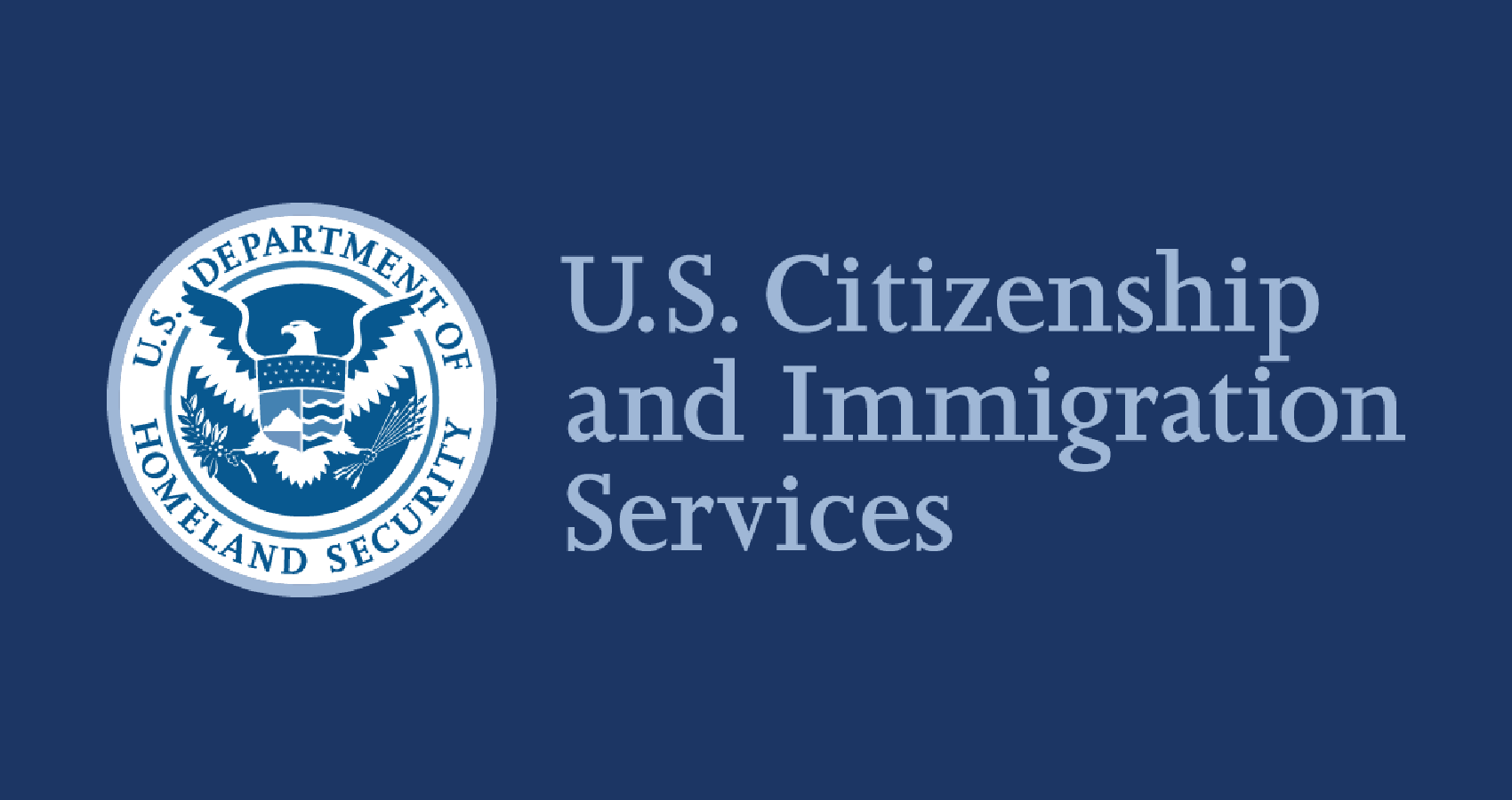

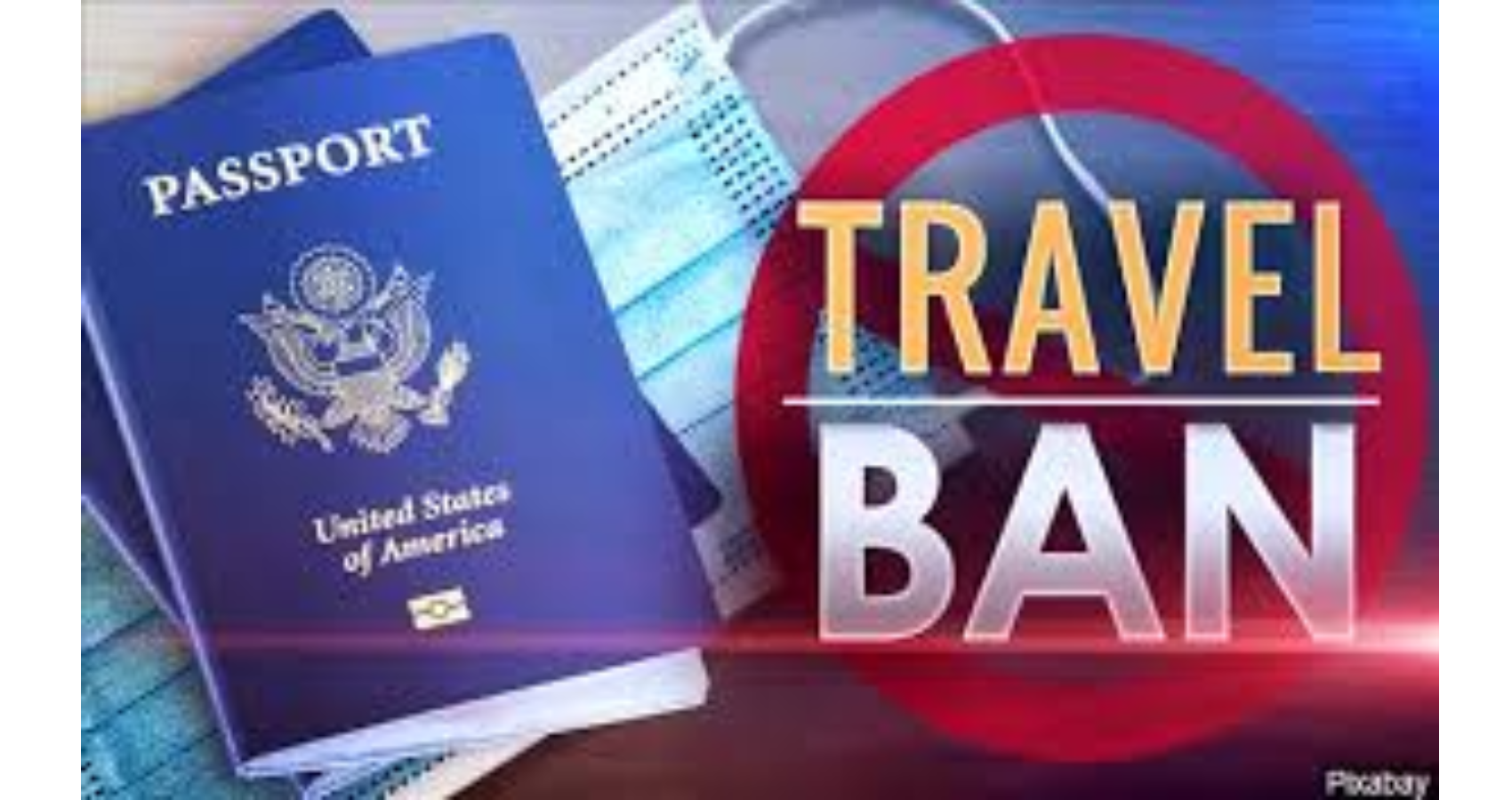
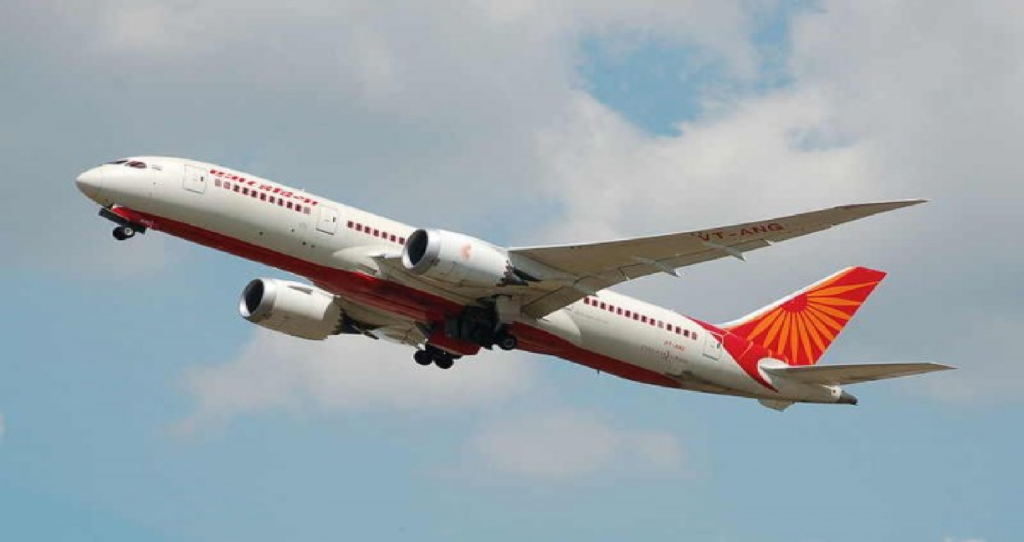 In a Level 4 travel advisory — the highest of its kind issued by the State Department — U.S. citizens were told “not to travel to India or to leave as soon as it is safe to do so.” There are 14 direct daily flights between India and the U.S. and other services that connect through Europe, the department said.
In a Level 4 travel advisory — the highest of its kind issued by the State Department — U.S. citizens were told “not to travel to India or to leave as soon as it is safe to do so.” There are 14 direct daily flights between India and the U.S. and other services that connect through Europe, the department said.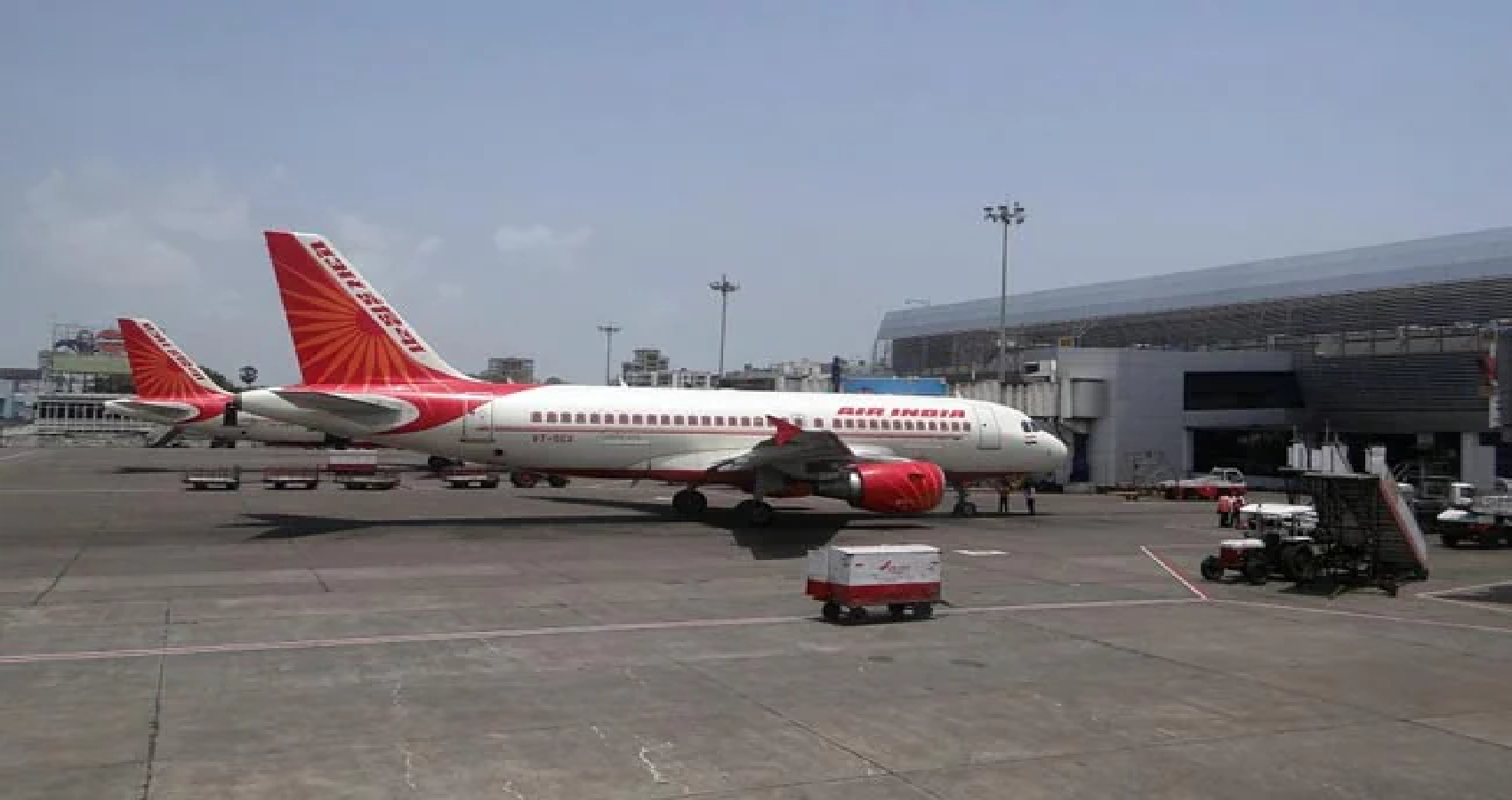
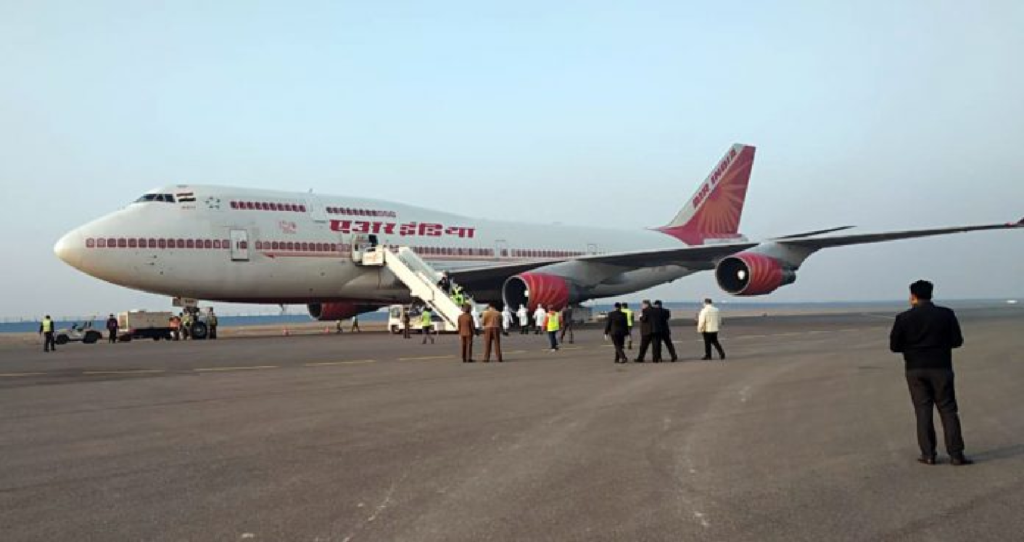 The restrictions cover South Africa, China, Iran, Brazil, Ireland, Britain and the 29 countries belonging to the common visa zone known as the Schengen Area. US citizens and legal residents and their immediate family members are exempt from the restrictions, as also are diplomats, but they are advised to follow precautions. They are asked to test themselves for COVID-19 between three and five days after arrival.
The restrictions cover South Africa, China, Iran, Brazil, Ireland, Britain and the 29 countries belonging to the common visa zone known as the Schengen Area. US citizens and legal residents and their immediate family members are exempt from the restrictions, as also are diplomats, but they are advised to follow precautions. They are asked to test themselves for COVID-19 between three and five days after arrival.
